This place is also the Tue Thanh Assembly Hall of the Chinese people of Tue Thanh origin (the old name of Guangzhou, China) of Guangdong state - the largest state of Chinese people in Cho Lon.
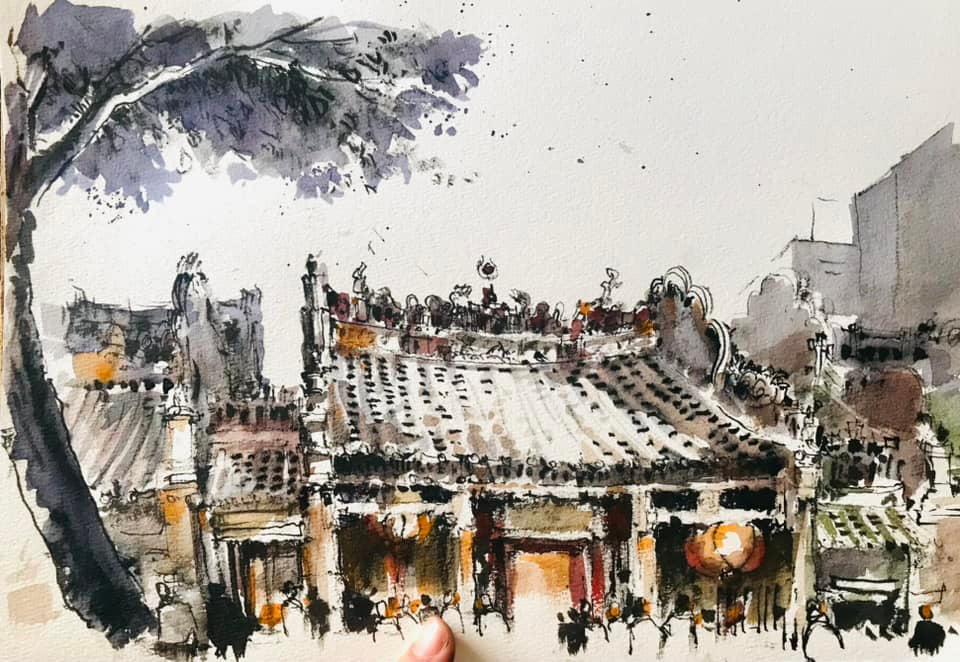
Sketch by Architect Phan Dinh Trung
According to cultural researcher Nguyen Dinh, the pagoda originally had a ground plan in the shape of the letter Khau (a house on four sides, with a skylight in the middle). While in Vietnamese temples and pagodas, the incense burner is usually placed behind or outside the main hall, Ba Pagoda places the incense burner right in the skylight, in front of the main hall. In 1908, the pagoda expanded the skylight with the central hall in the middle. On the system of columns and rafters are parallel sentences and large characters showing unique Chinese techniques such as calligraphy, carving, gilding, etc.
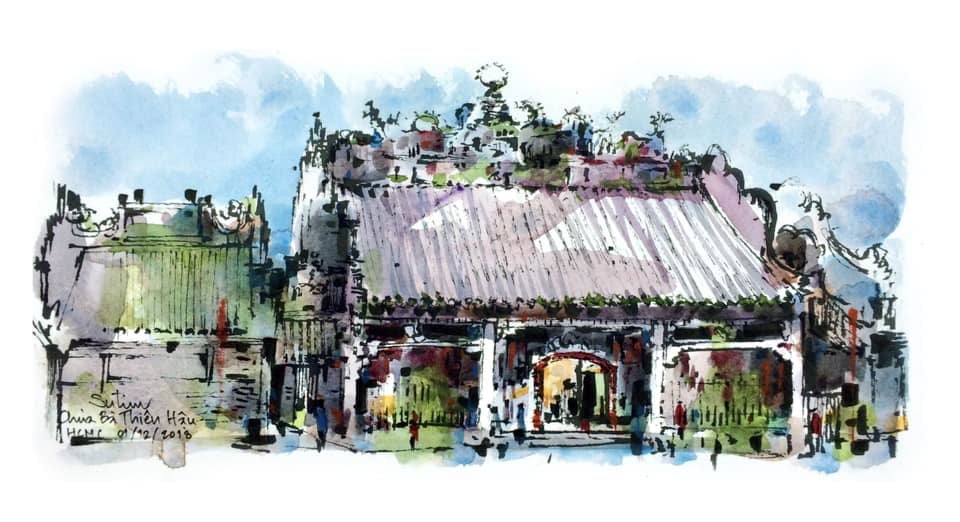
Sketch by Thai artist Sutien Lokulprakit
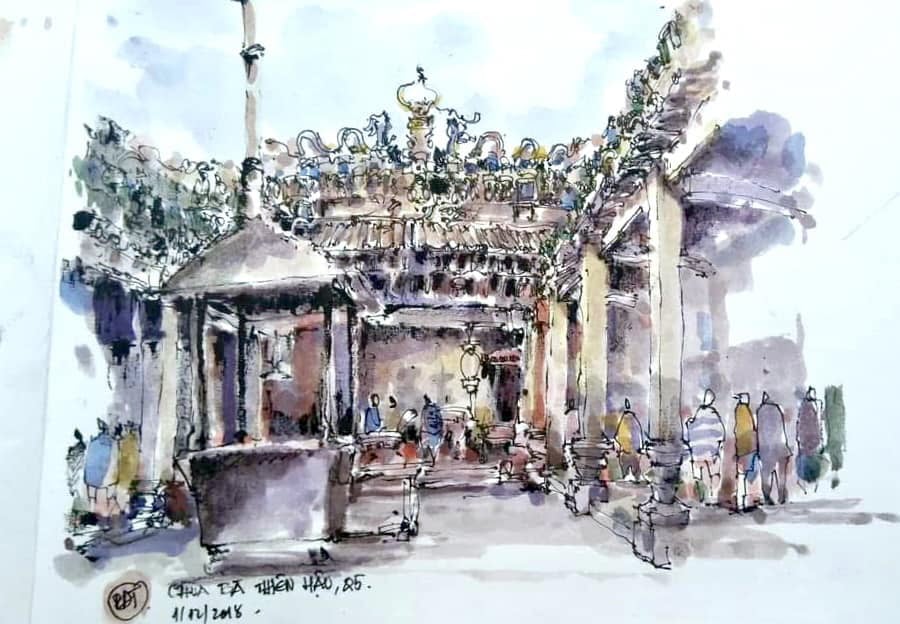
Sketch by Architect Phan Dinh Trung
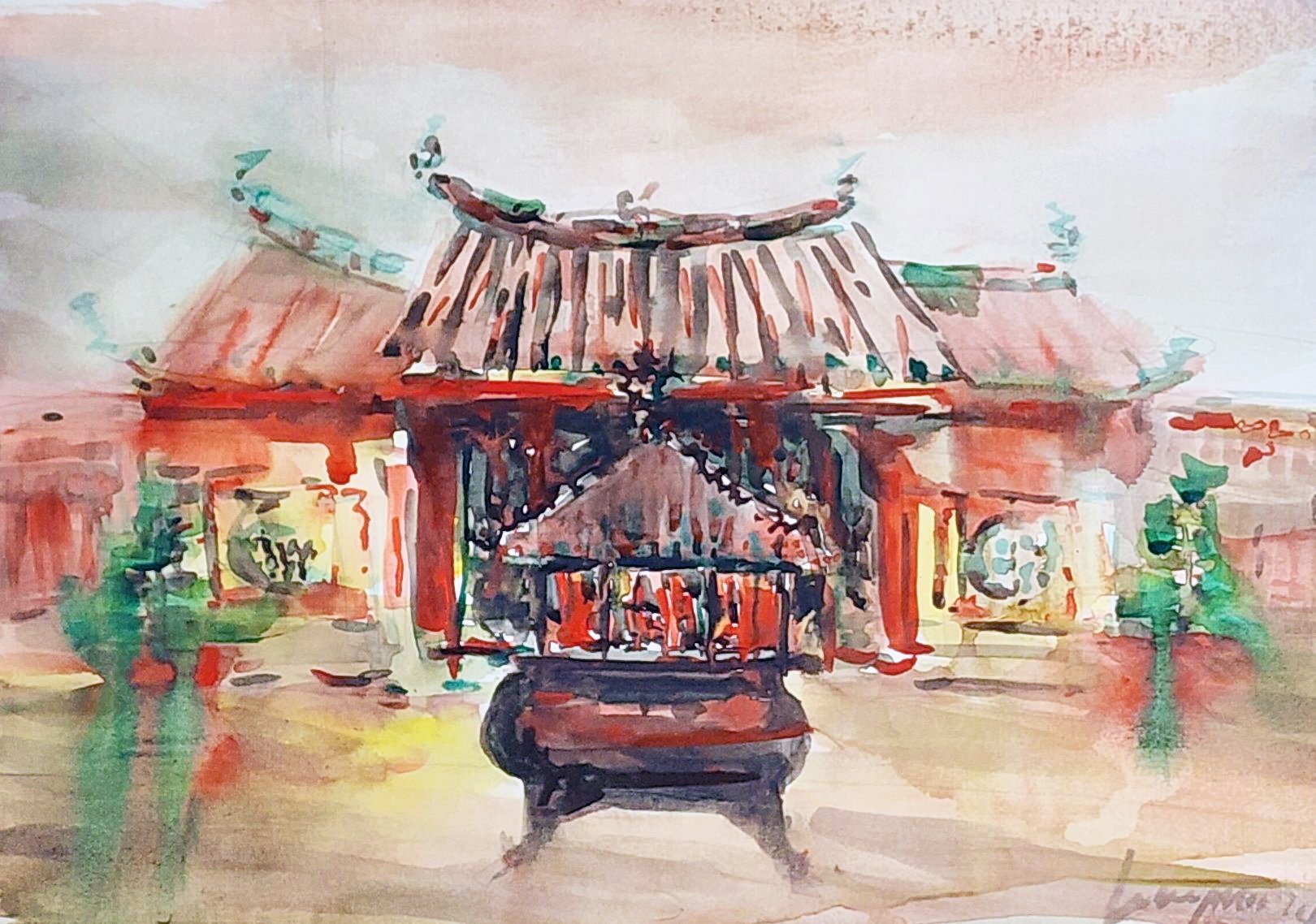
Sketch by Architect Phung The Huy

Sketch by Huynh Hoang Khang - student of Van Lang University
Ba Pagoda stands out with its reliefs and colorful ceramic statues on the eaves, roof, and walls based on ancient Chinese legends such as: Two dragons fighting for a pearl, the four sacred animals, the eight immortals crossing the sea, Phuc Loc Tho, Tang Tang and his disciples...
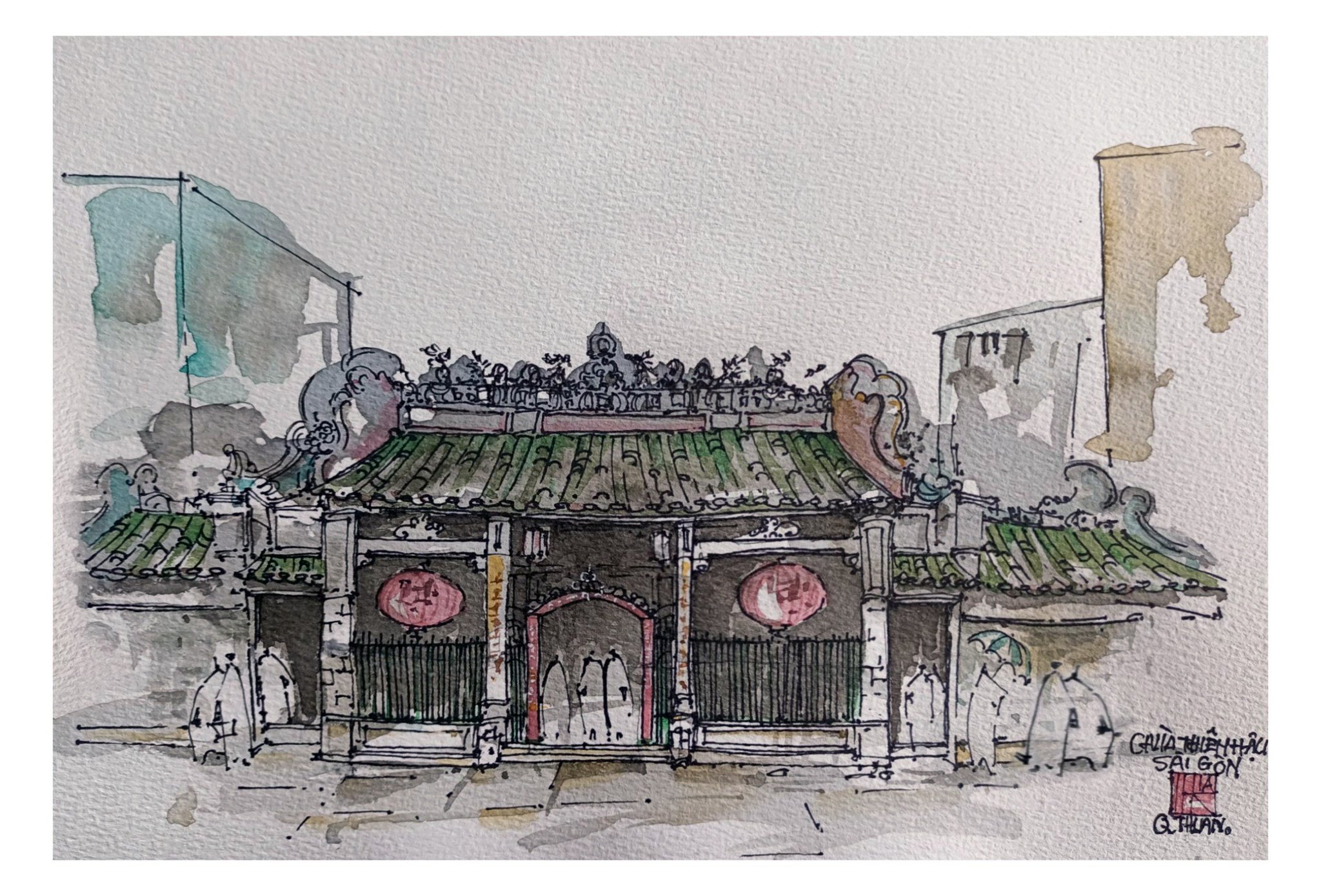
Sketch by student Ngo Quoc Thuan - Nguyen Tat Thanh University
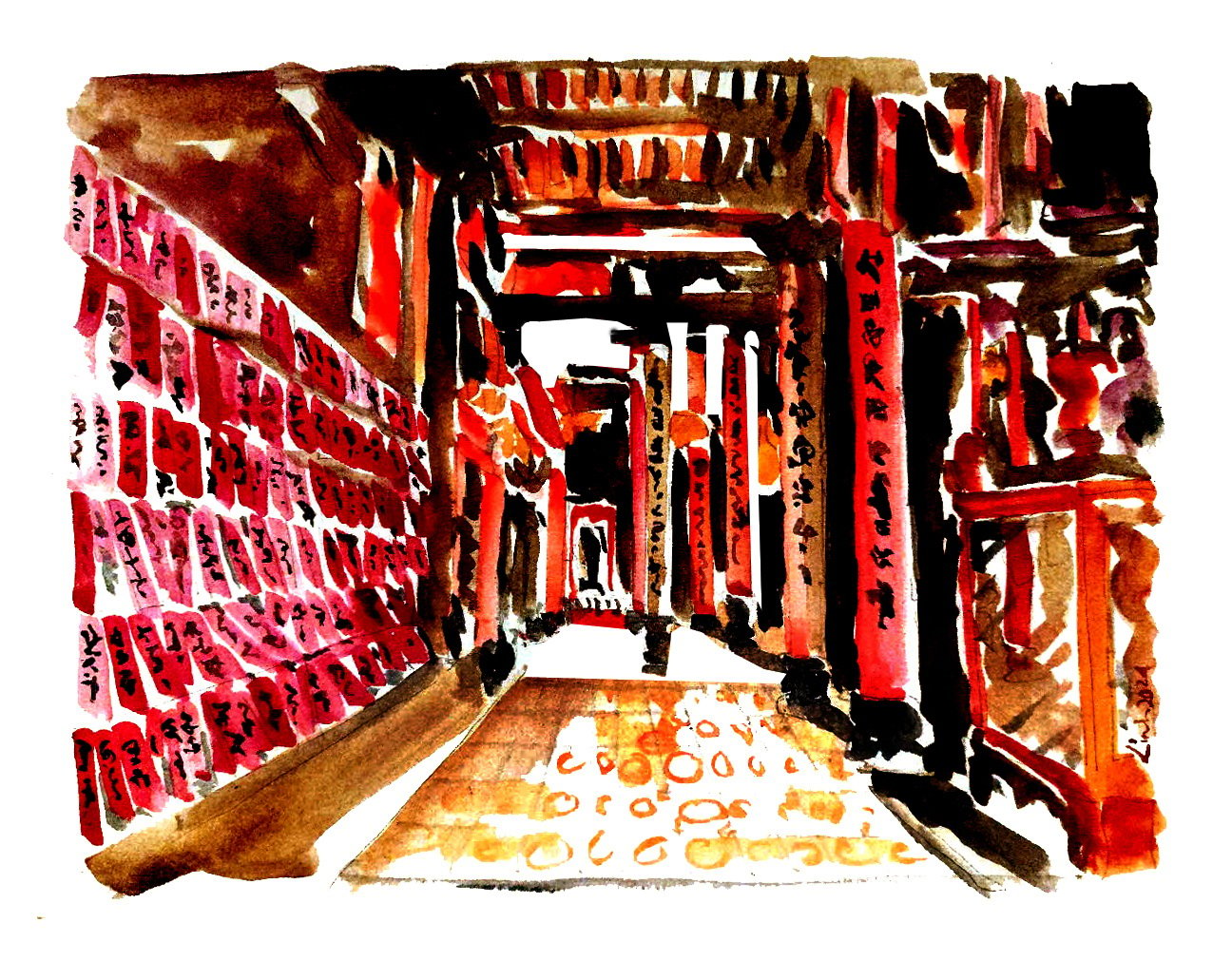
The place to post customers' wishes - sketch by architect Linh Hoang
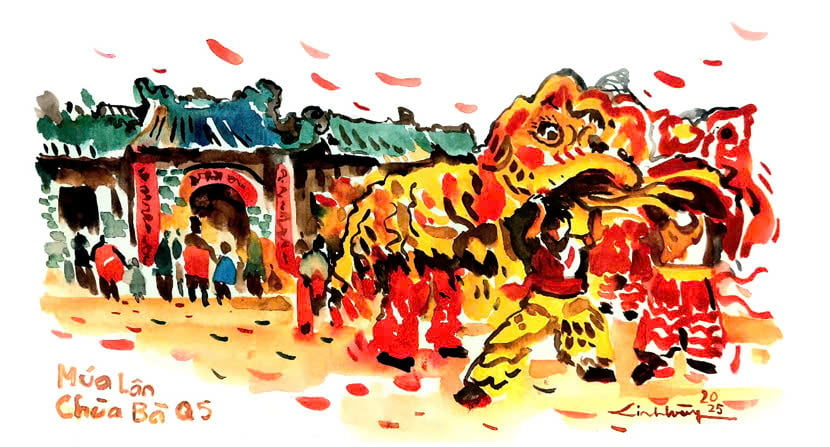
Lion dance at Ba Pagoda - sketch by architect Linh Hoang
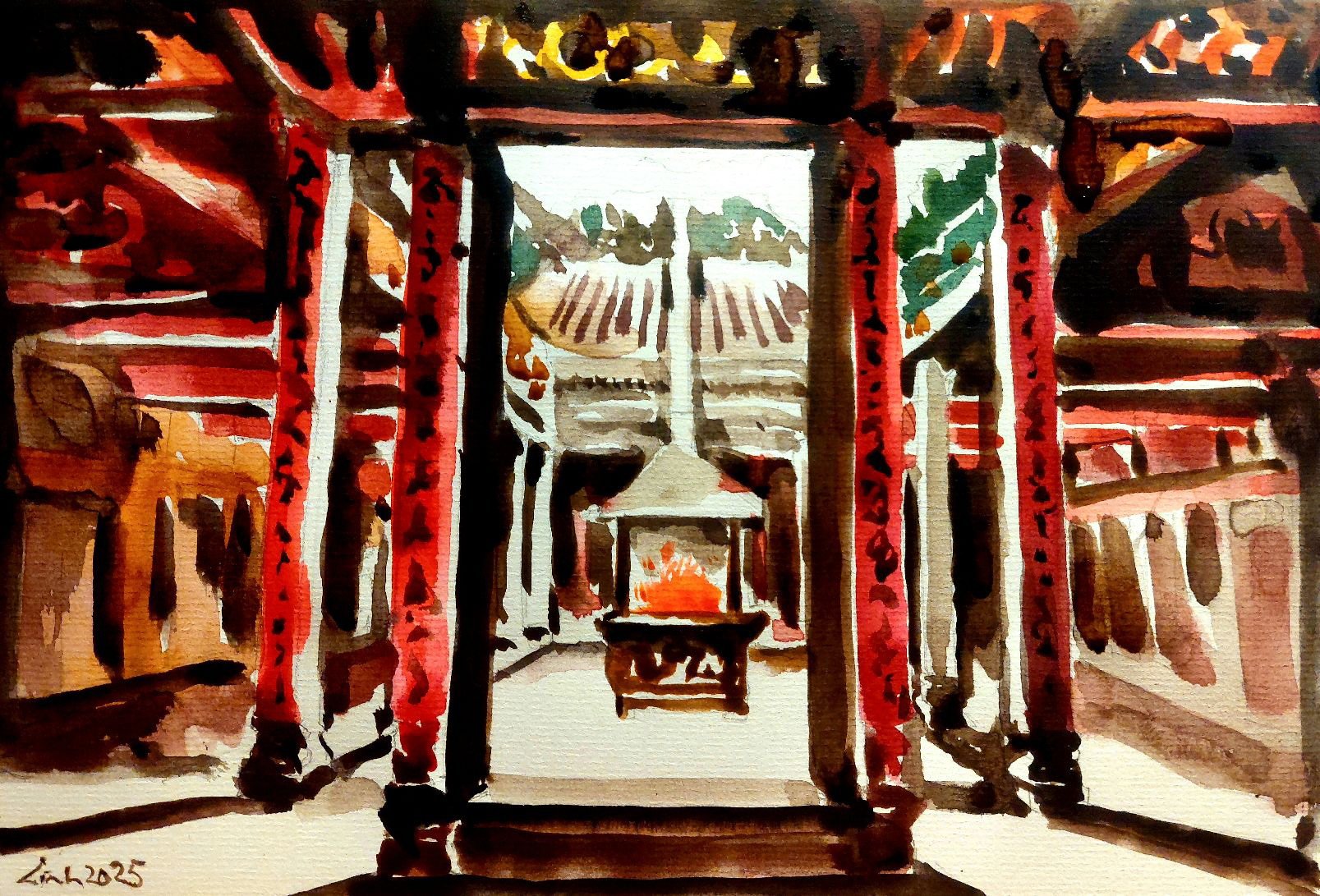
Inner courtyard of Ba Temple - sketch by architect Linh Hoang
Making statues is a typical profession of the Foshan region, Guangdong, which was born around the 16th century and developed in Cho Lon around the 19th century with famous kilns at that time such as Dong Hoa, Buu Nguyen... Statues were only used for decoration, creating a joyful and intimate atmosphere for sacred places. Statues appeared a lot in communal houses, pagodas, and temples in Cho Lon, Bien Hoa, Binh Duong and the West, but were lost in the early 20th century.
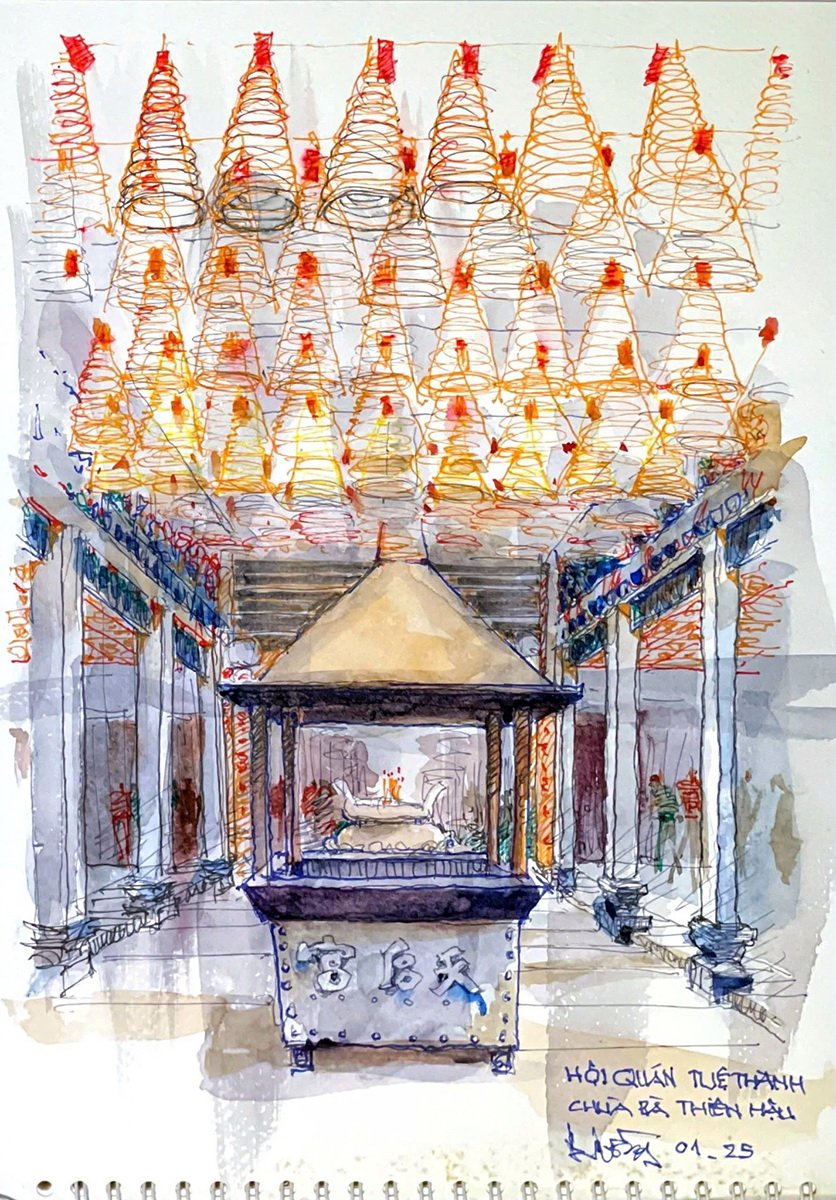
Incense burner right in the skylight, in front of the main hall - sketch by architect Tran Xuan Hong
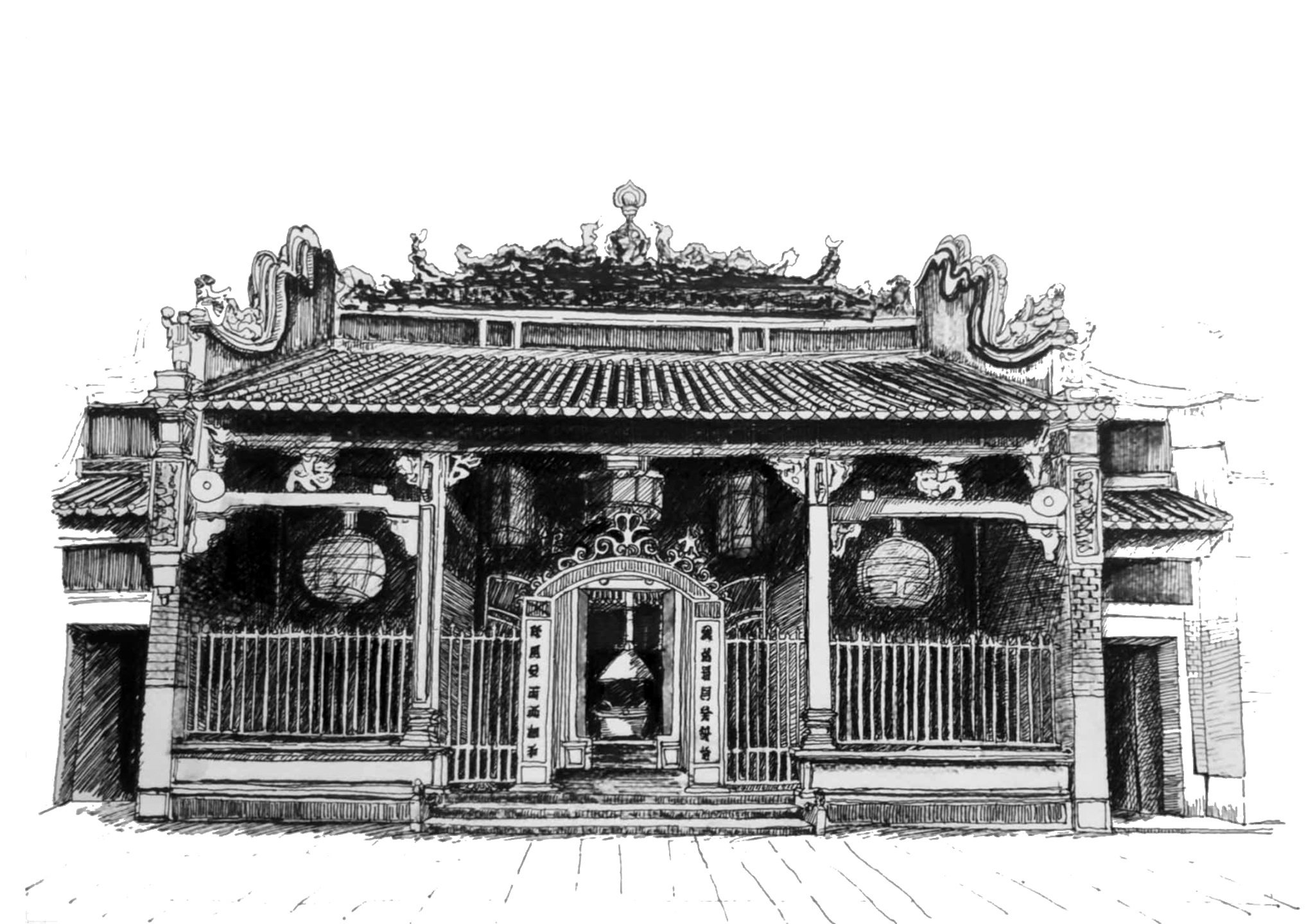
Sketch by Pham Ngoc Huy
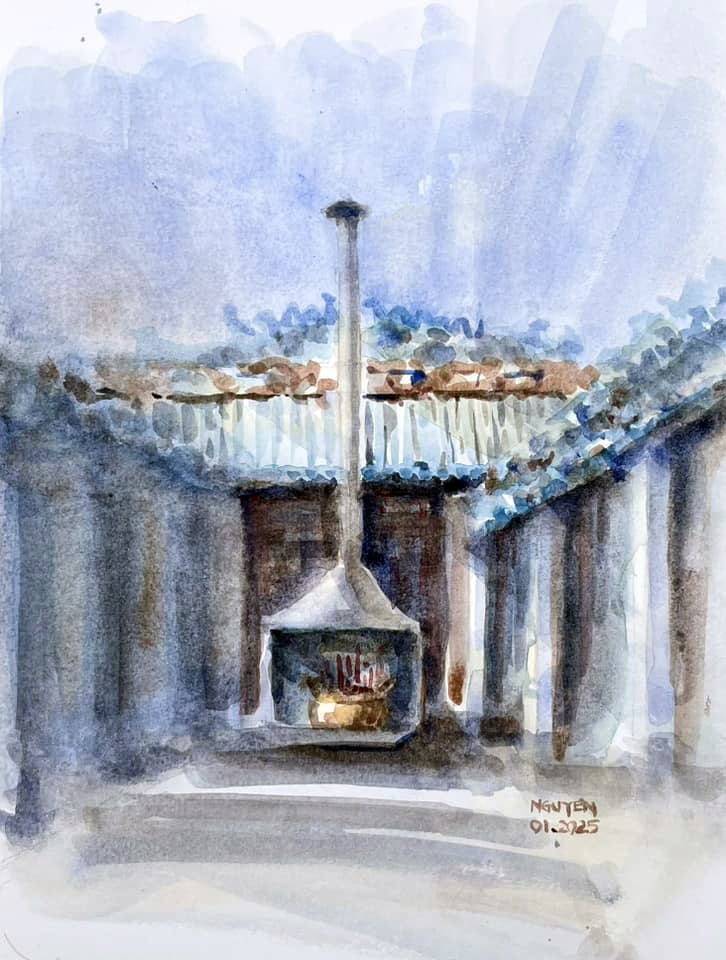
Sketch by Architect Tran Thai Nguyen
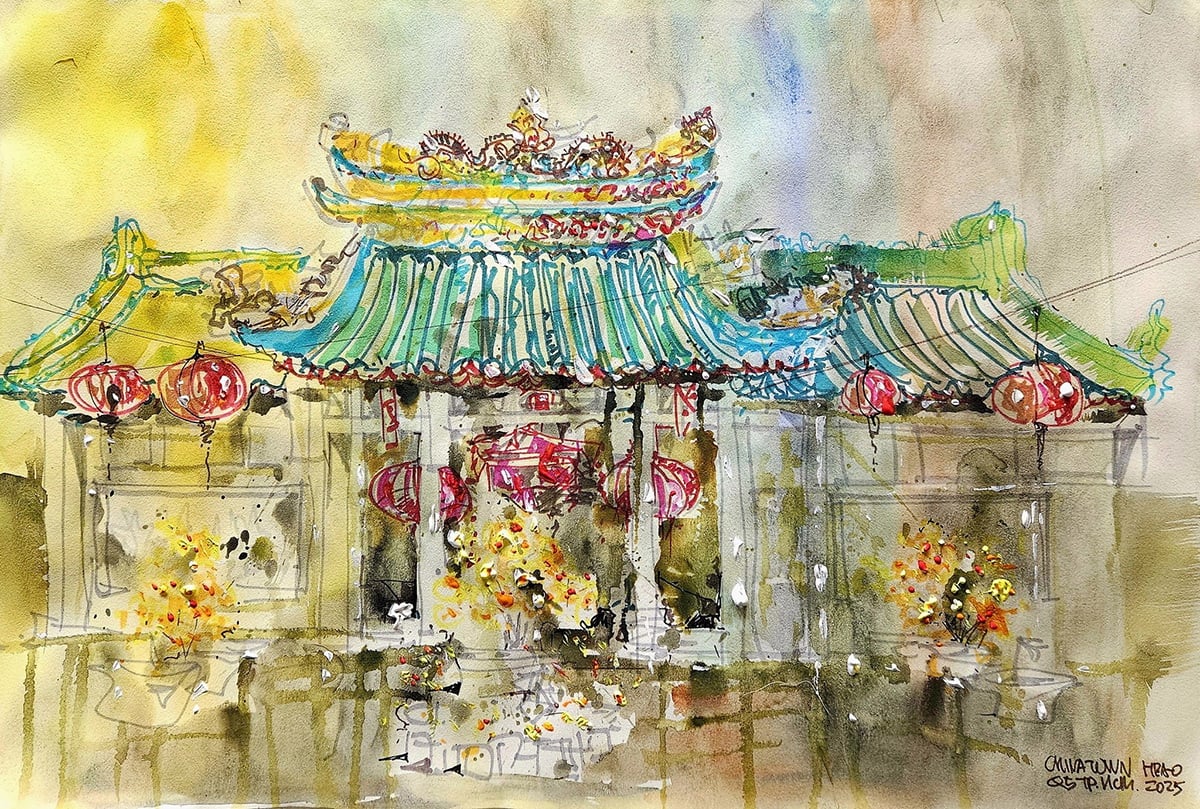
Sketch by Architect Bui Hoang Bao
The pagoda still has many valuable antiques: a set of bronze incense burners cast in 1886; a handwritten order by Captain D'Ariès forbidding French and Spanish soldiers from destroying the pagoda; two large bells cast in 1795 and 1830...
In 1993, Ba Pagoda was recognized as a national architectural and artistic relic.
(*): For the Chinese, Thien Hau Thanh Mau (real name Lam Mac Nuong, born in 1062 in Phuc Kien province, China) is the goddess who protects seafarers. People set aside the 23rd day of the third lunar month every year to commemorate her, so this is also the main festival day of the temple.
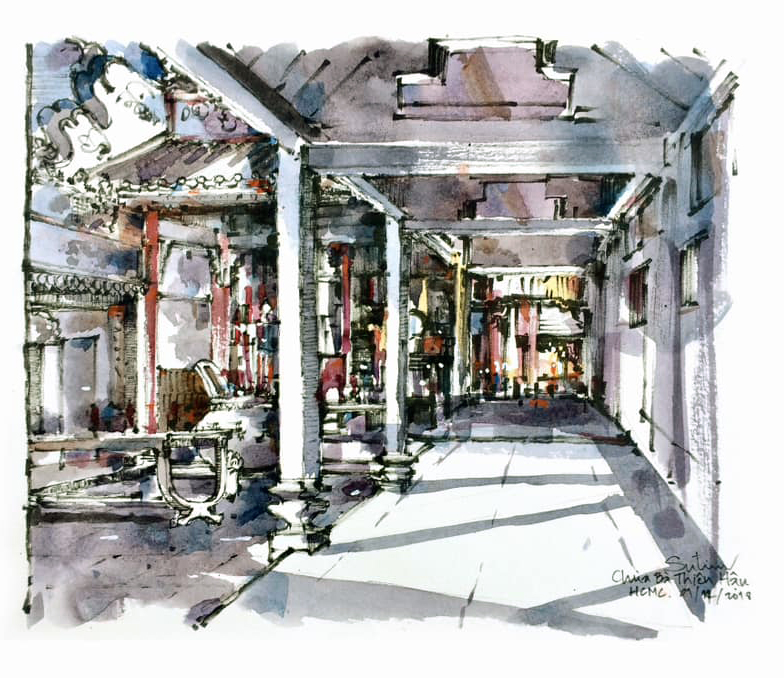
Sketch by Thai artist Sutien Lokulprakit
Source: https://thanhnien.vn/goc-ky-hoa-chua-ba-dau-an-hoa-kieu-quang-dong-18525020821423924.htm


![[Photo] President Luong Cuong meets 100 typical examples of the Deeds of Kindness Program](https://vstatic.vietnam.vn/vietnam/resource/IMAGE/2025/4/16/ce8300edfa7e4afbb3d6da8f2172d580)
![[Photo] National Assembly Chairman Tran Thanh Man meets with Ethiopian Prime Minister Abiy Ahmed Ali](https://vstatic.vietnam.vn/vietnam/resource/IMAGE/2025/4/16/c196dbc1755d46e4ae7b506c5c15be55)
![[Photo] President Luong Cuong receives Ethiopian Prime Minister Abiy Ahmed Ali](https://vstatic.vietnam.vn/vietnam/resource/IMAGE/2025/4/16/504685cac833417284c88a786739119c)
![[Photo] Opening of the Exhibition on Green Growth](https://vstatic.vietnam.vn/vietnam/resource/IMAGE/2025/4/16/253372a4bb6e4138b6f308bc5c63fd51)
![[Photo] Opening of the 4th Summit of the Partnership for Green Growth and the Global Goals](https://vstatic.vietnam.vn/vietnam/resource/IMAGE/2025/4/16/488550ff07ce4cd9b68a2a9572a6e035)
![[Photo] Many practical activities of the 9th Vietnam-China border defense friendship exchange](https://vstatic.vietnam.vn/vietnam/resource/IMAGE/2025/4/16/3016ed3ef51049219574230056ddb741)
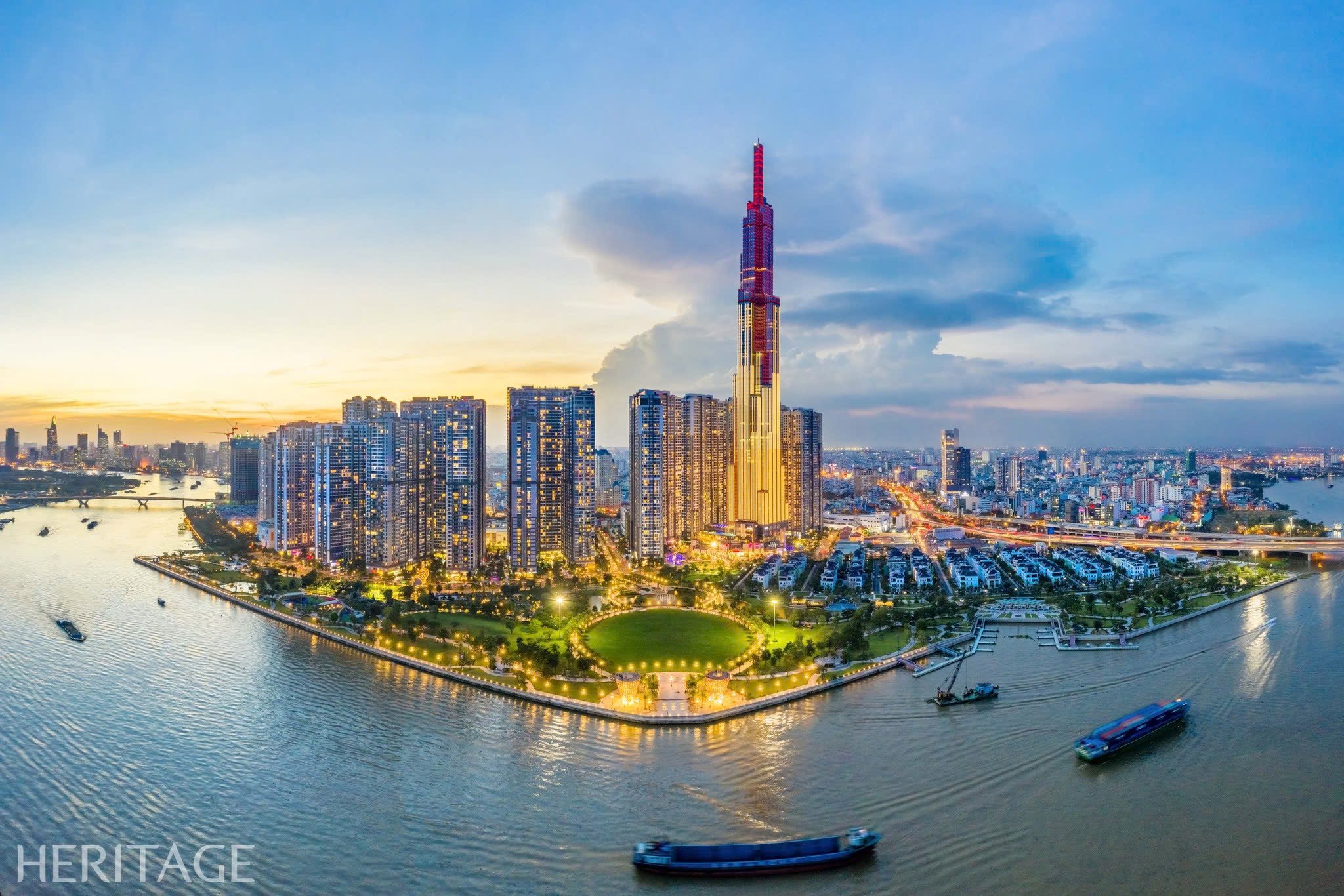

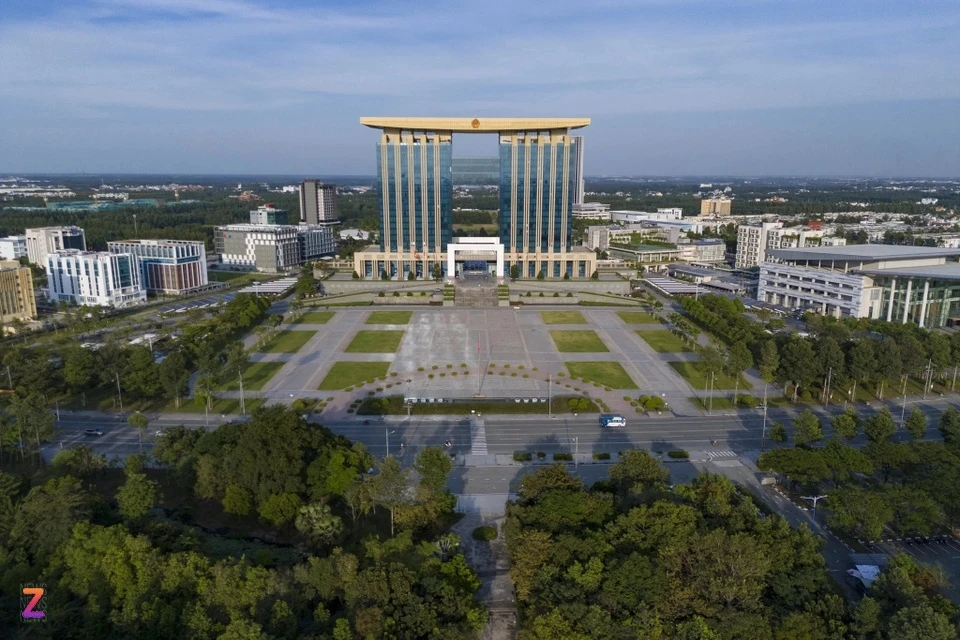

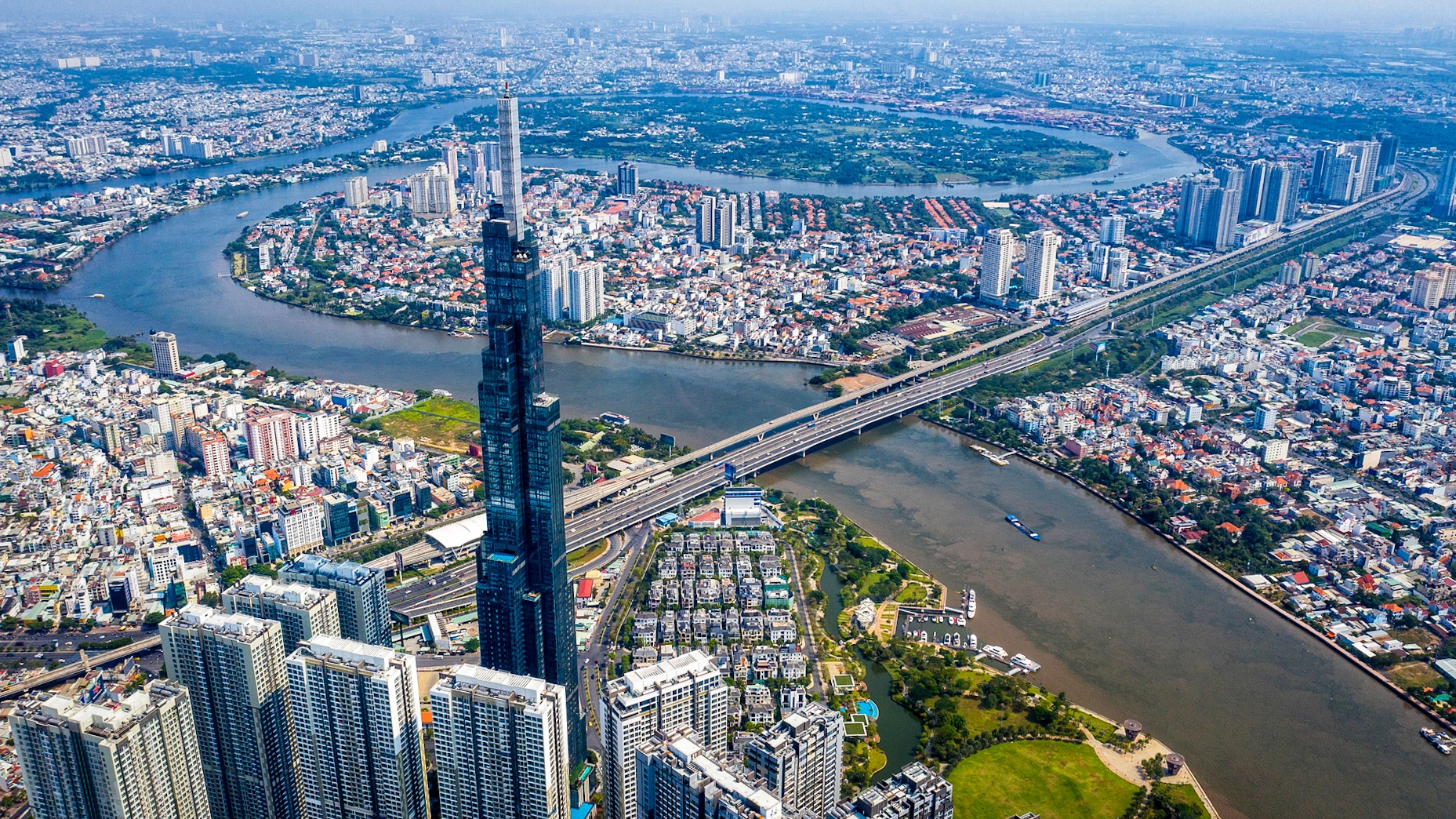
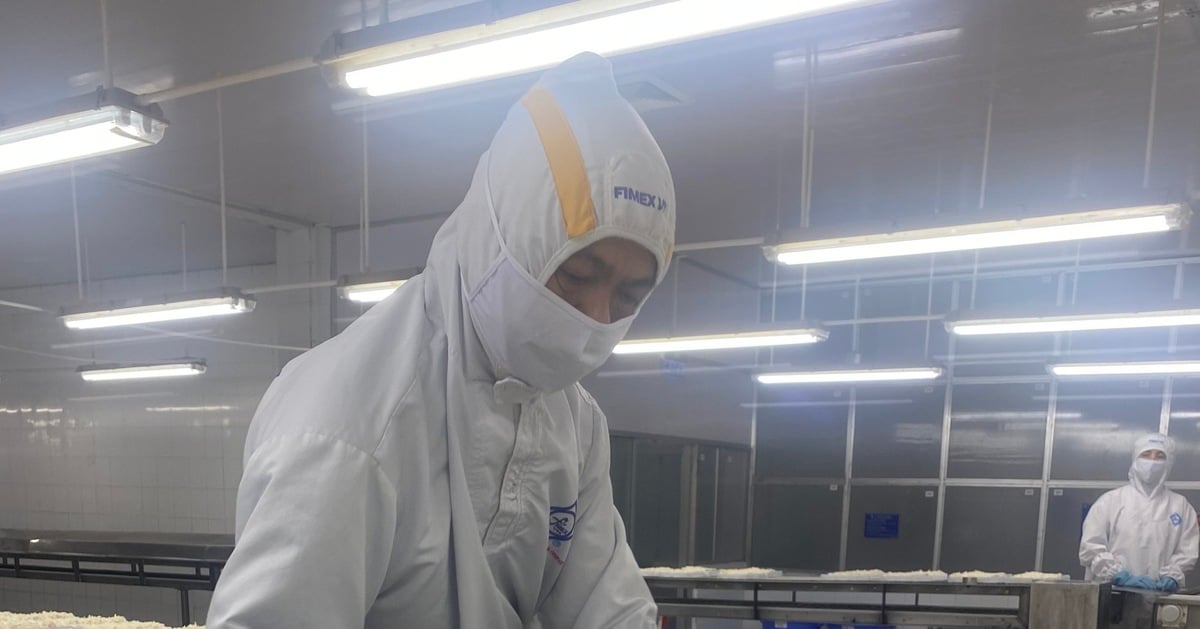


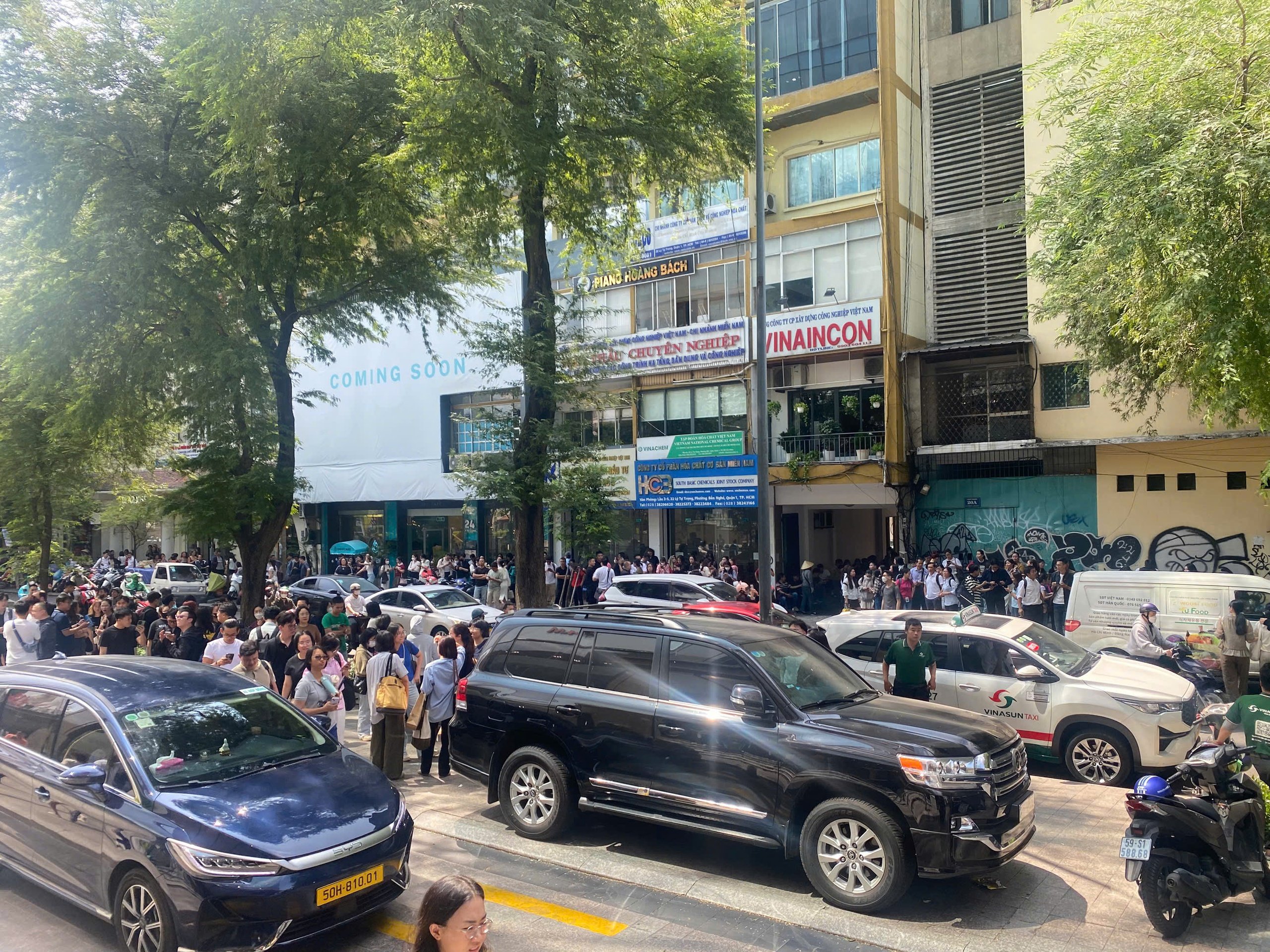
![[Photo] Vietnamese and Chinese students paint conical hats and make traditional ceramics](https://vstatic.vietnam.vn/vietnam/resource/IMAGE/2025/4/16/d3441e0b94a64e7596f7d31f6f8784b4)
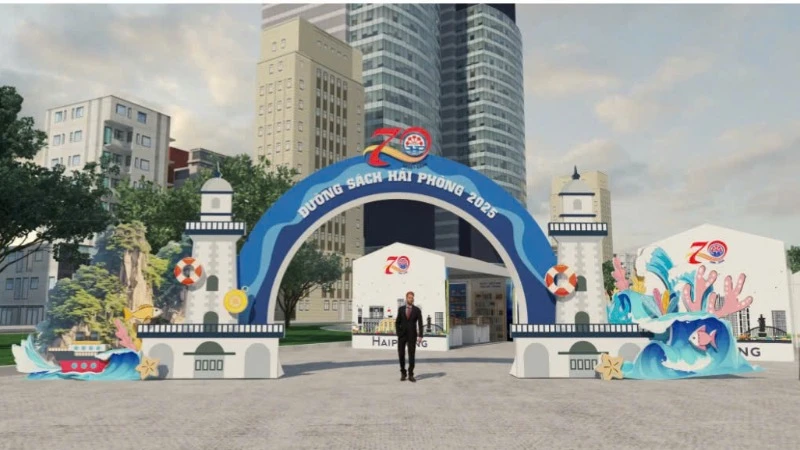
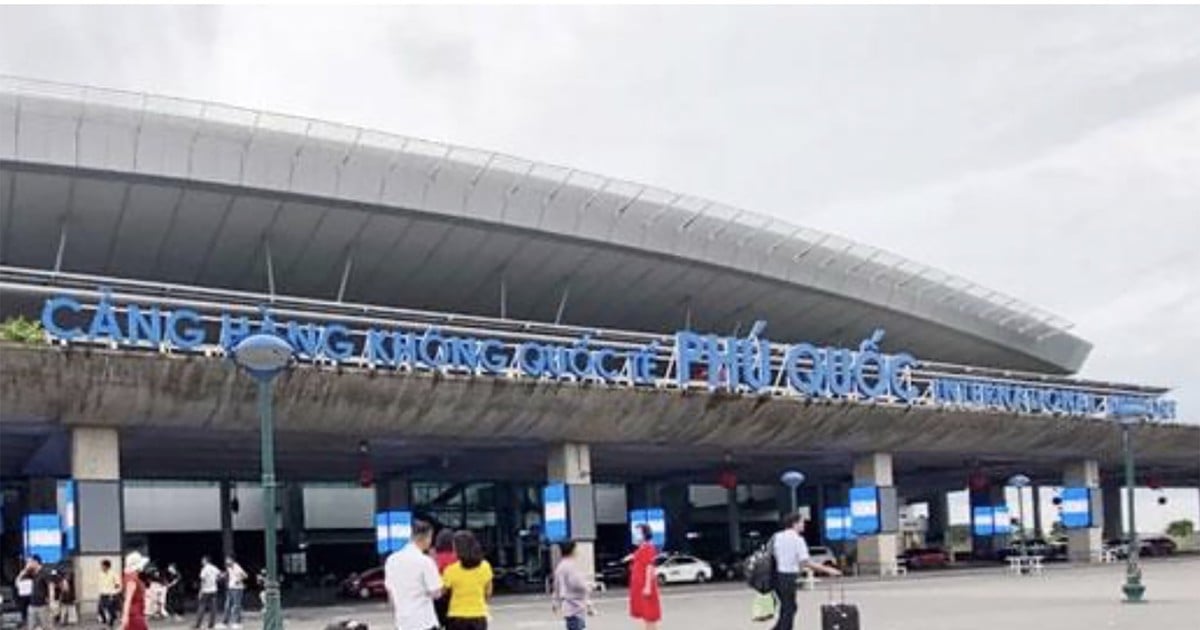
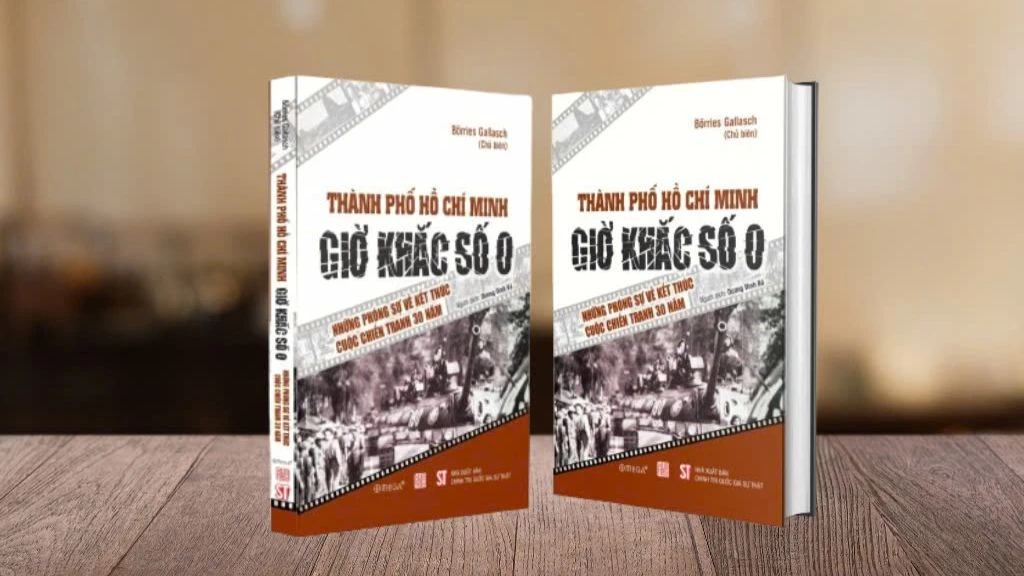

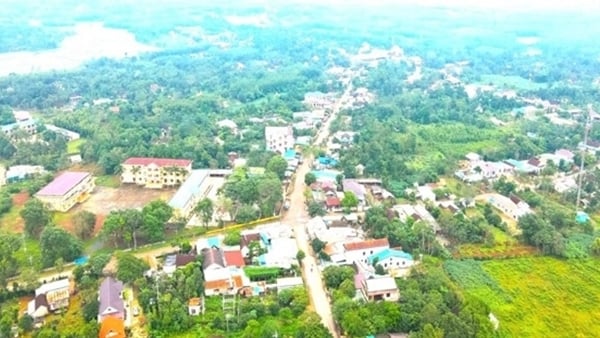




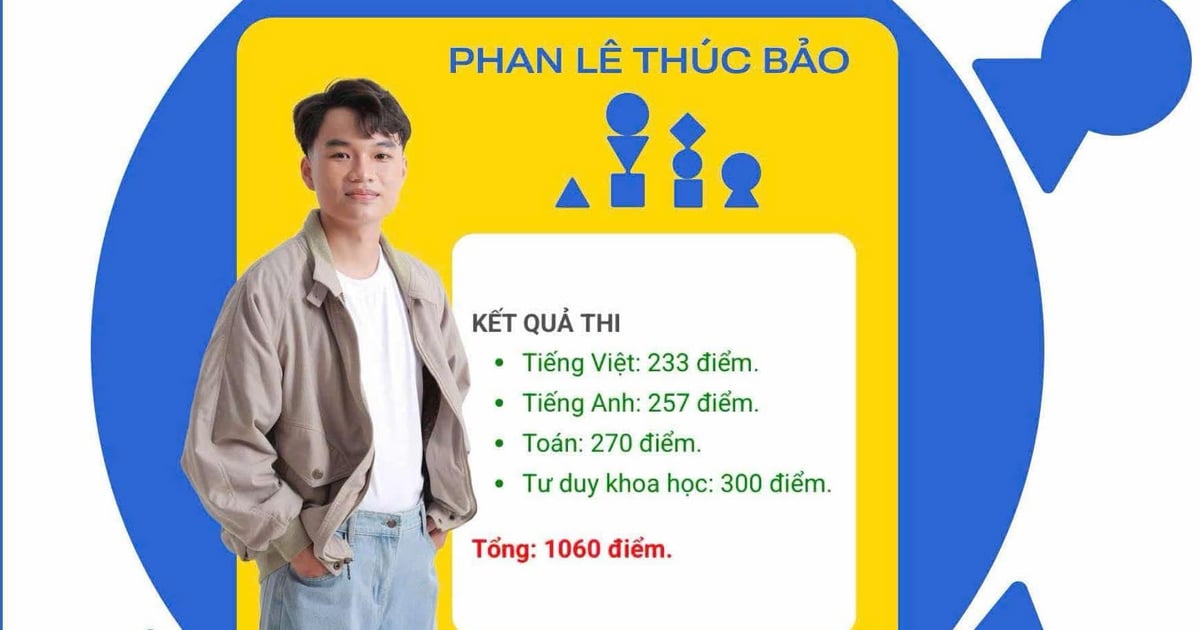







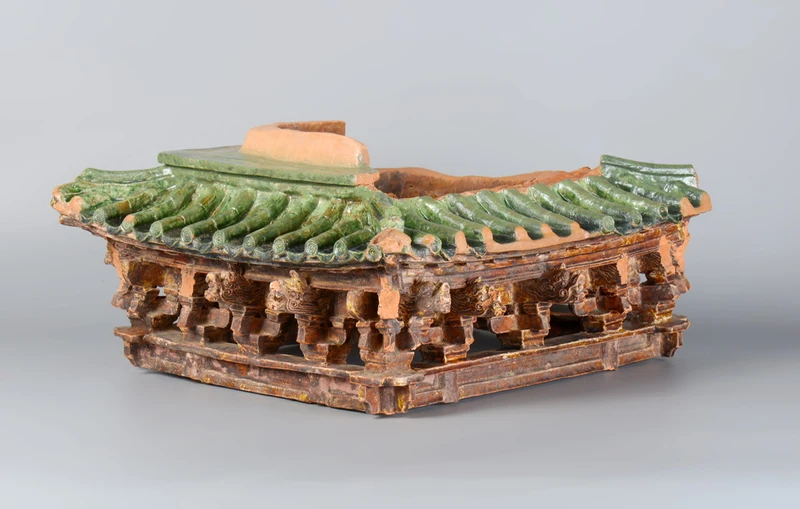



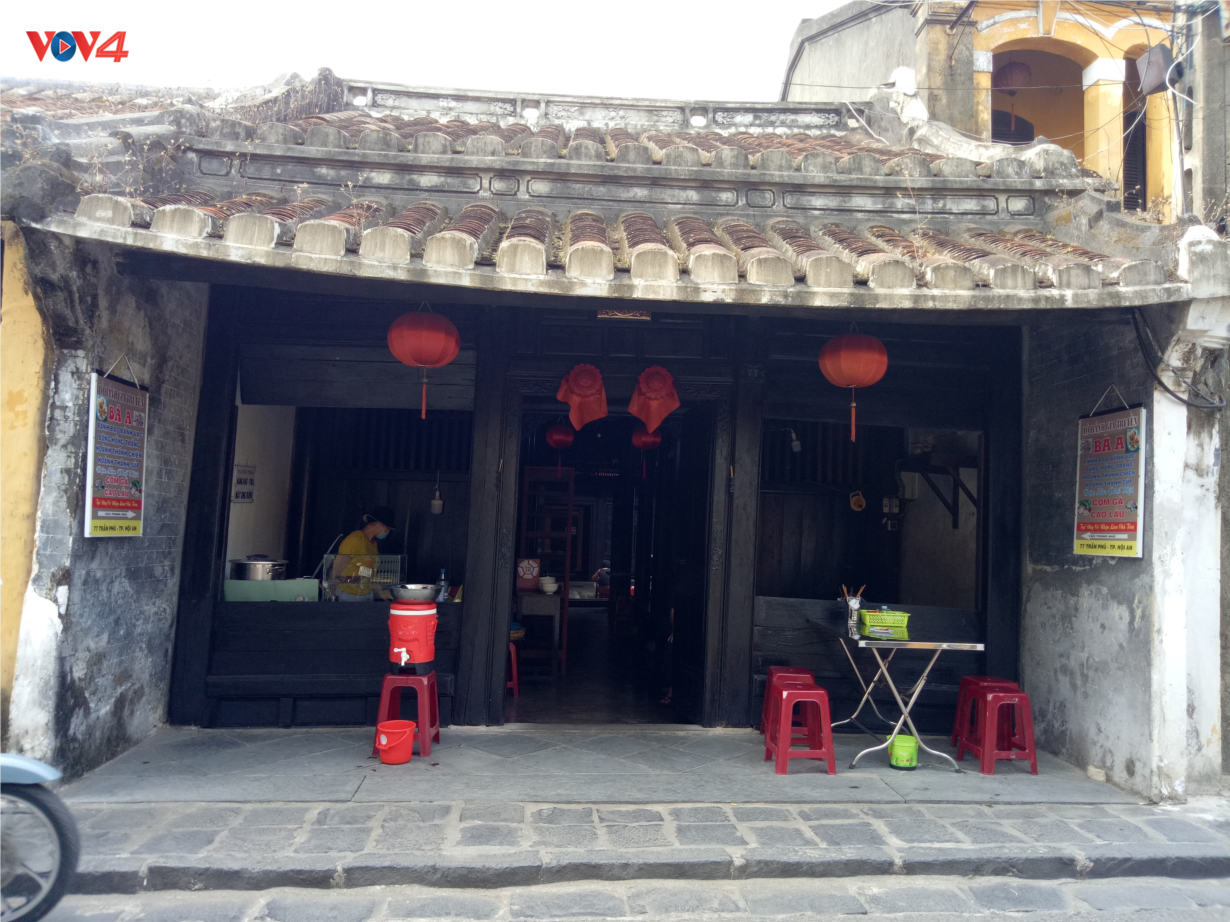

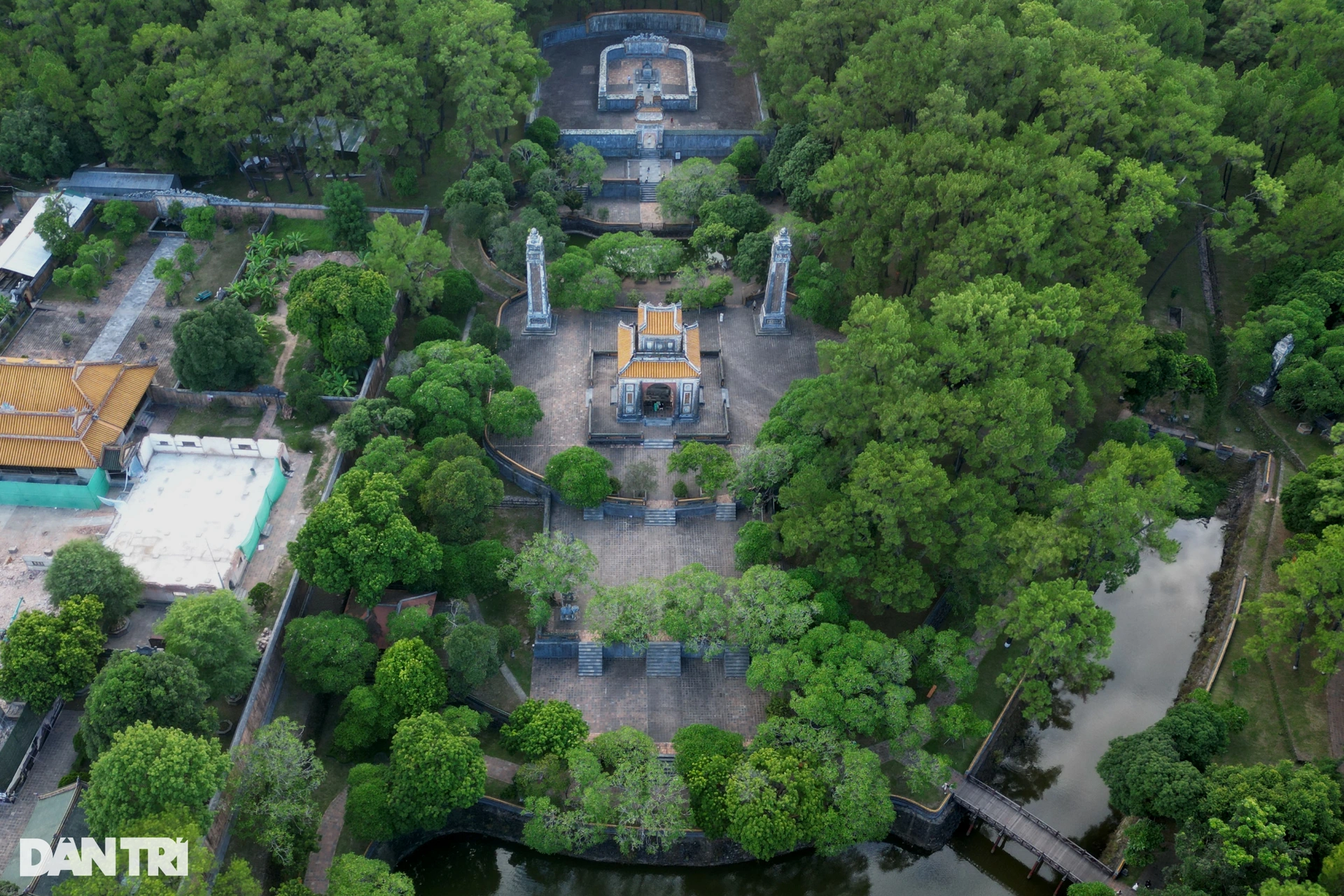
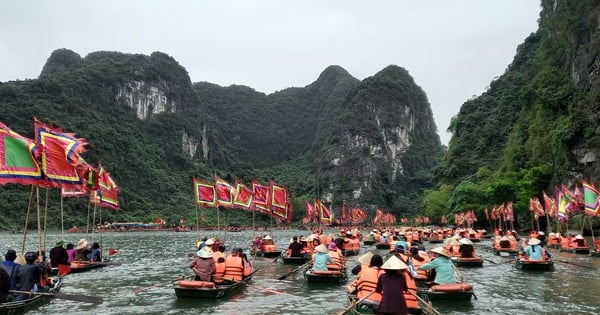

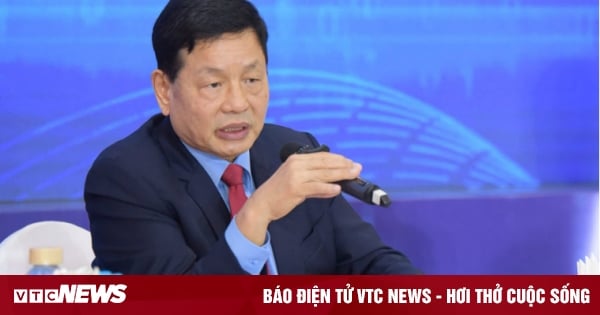

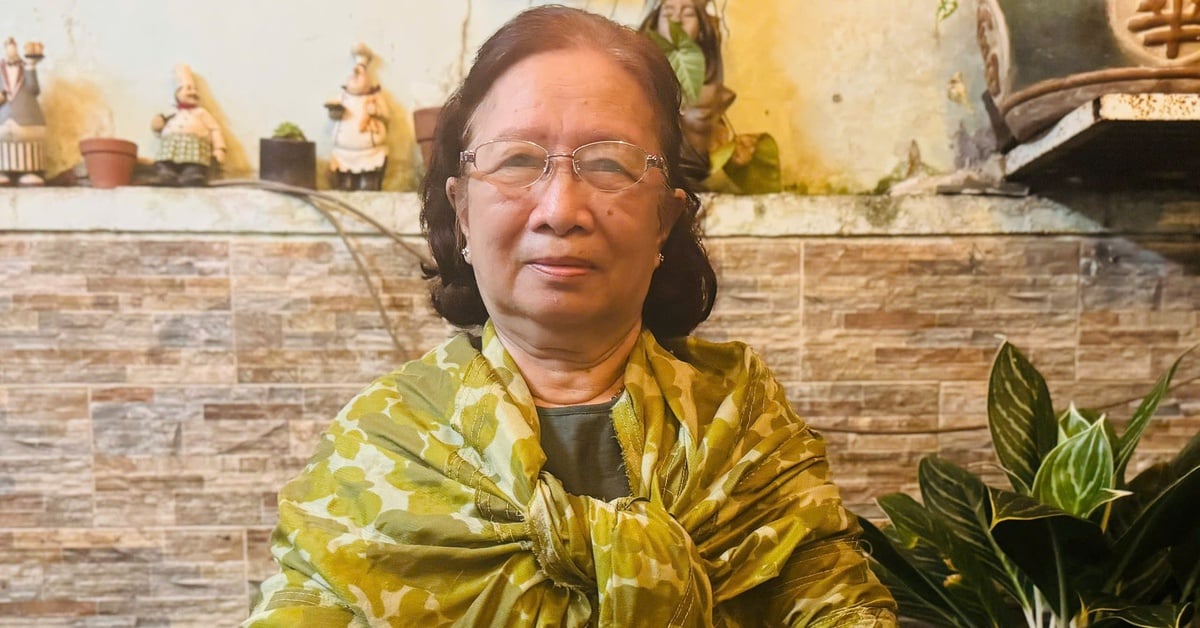
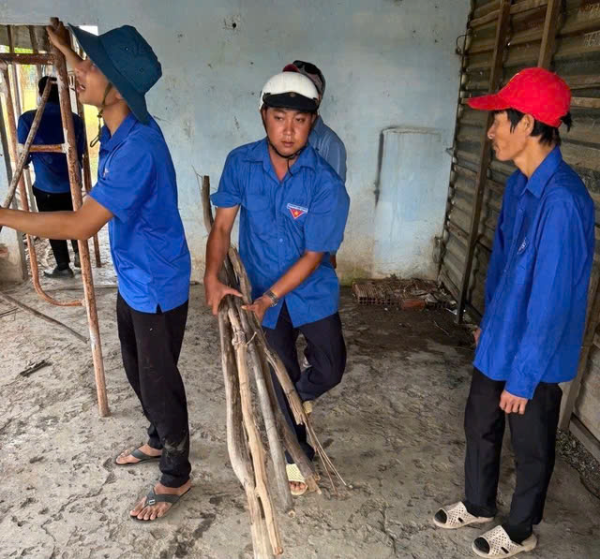
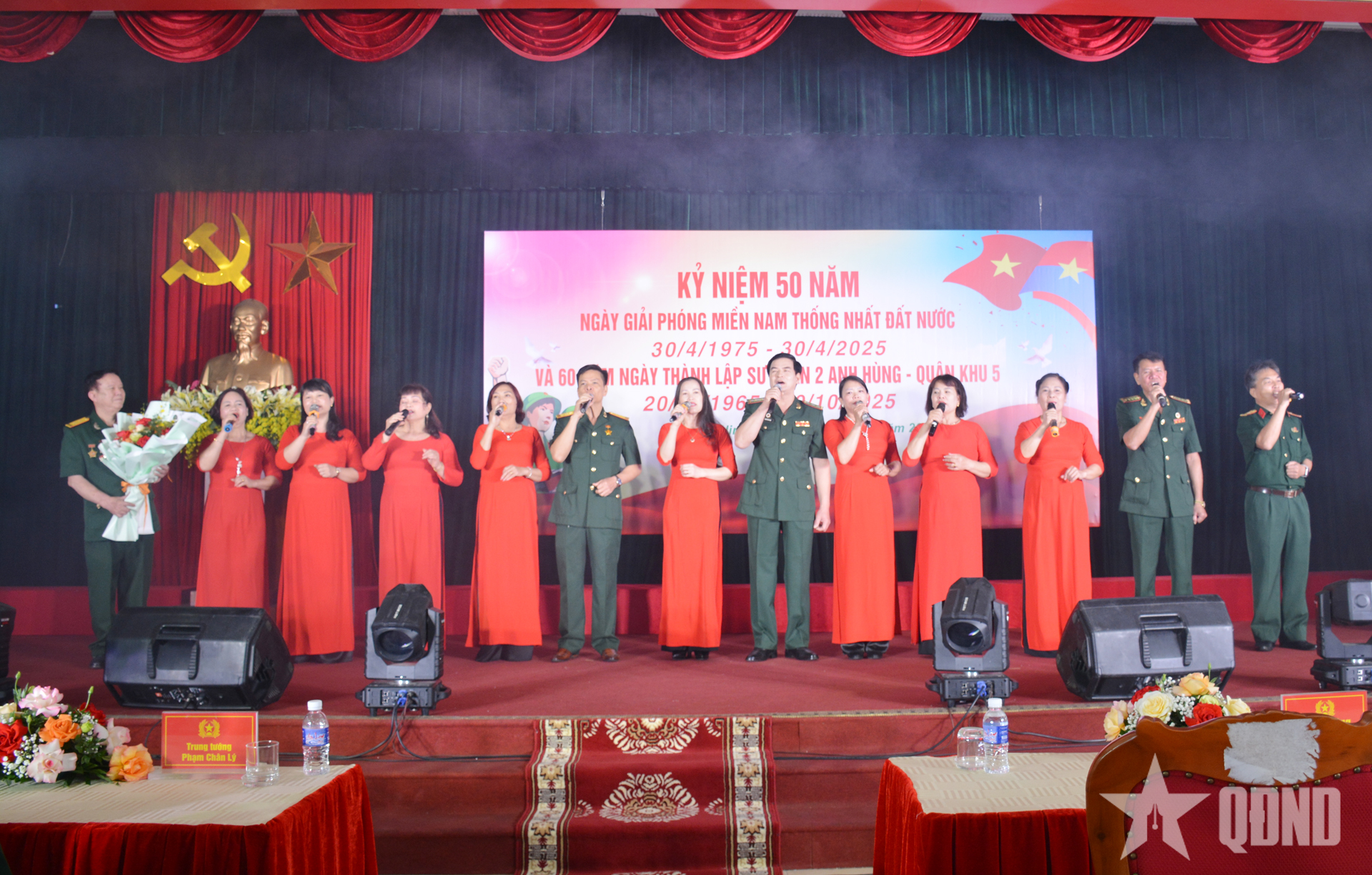

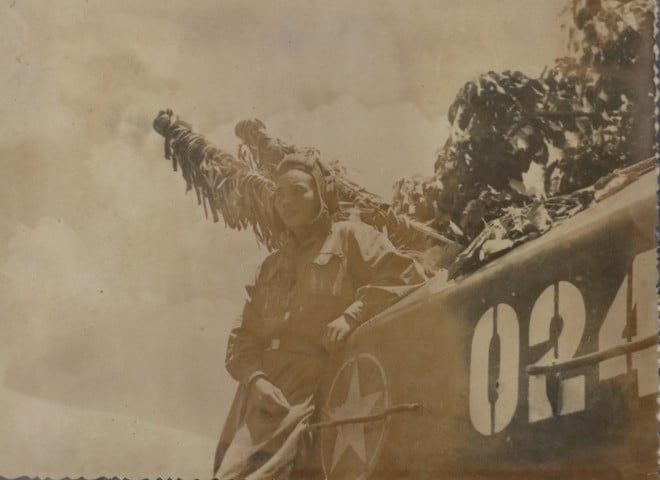
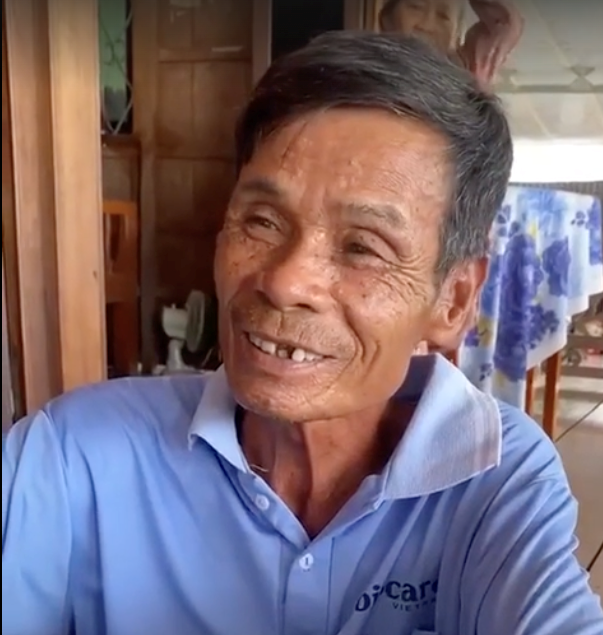




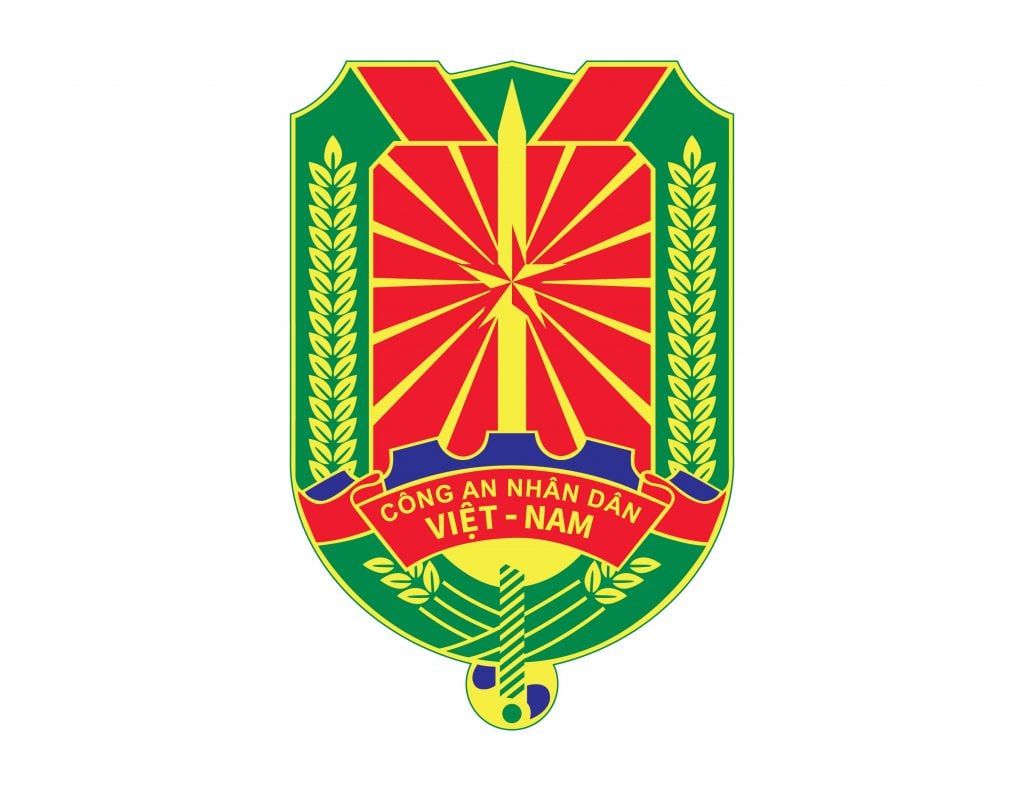


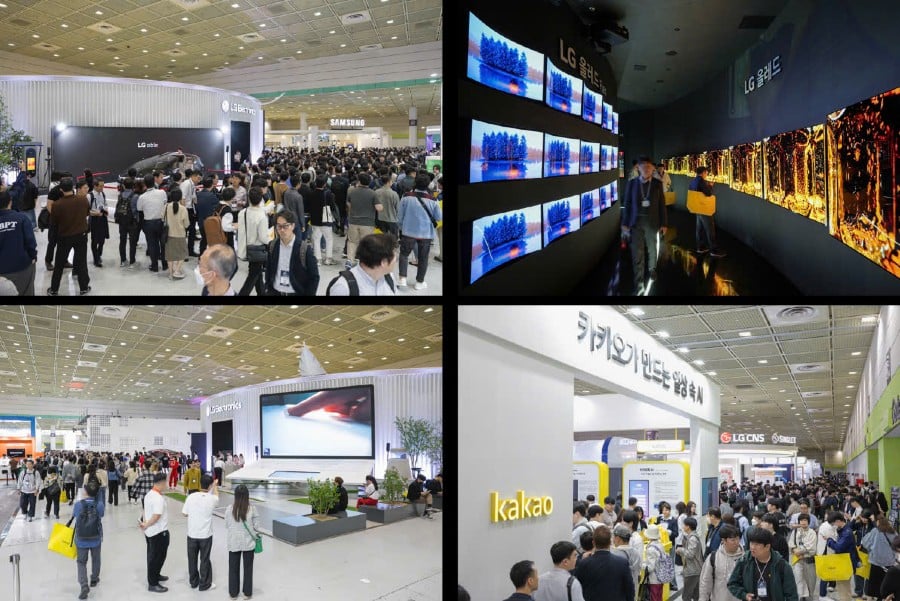


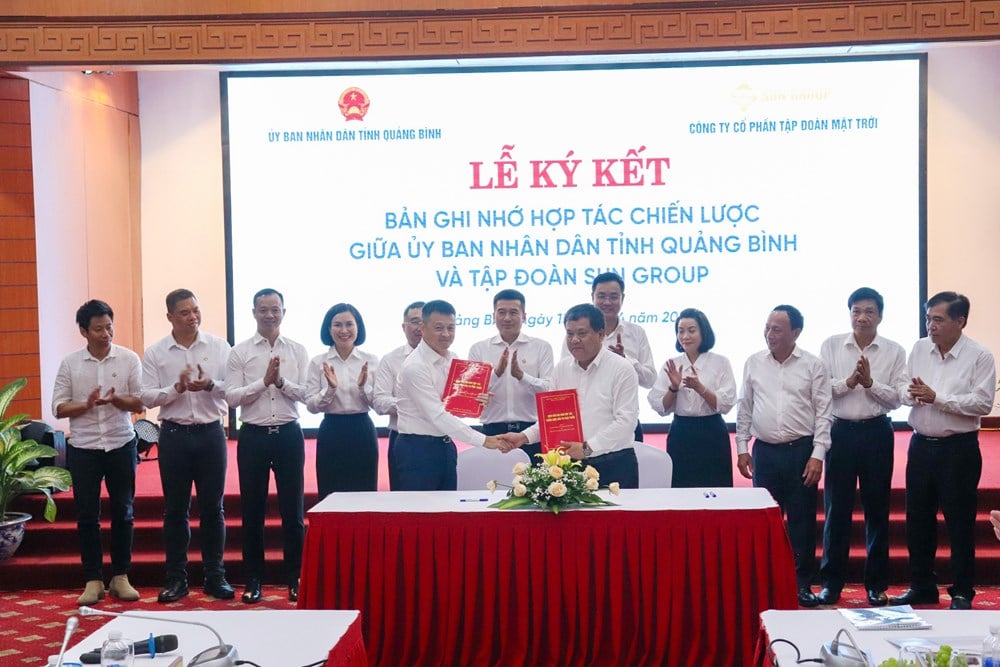



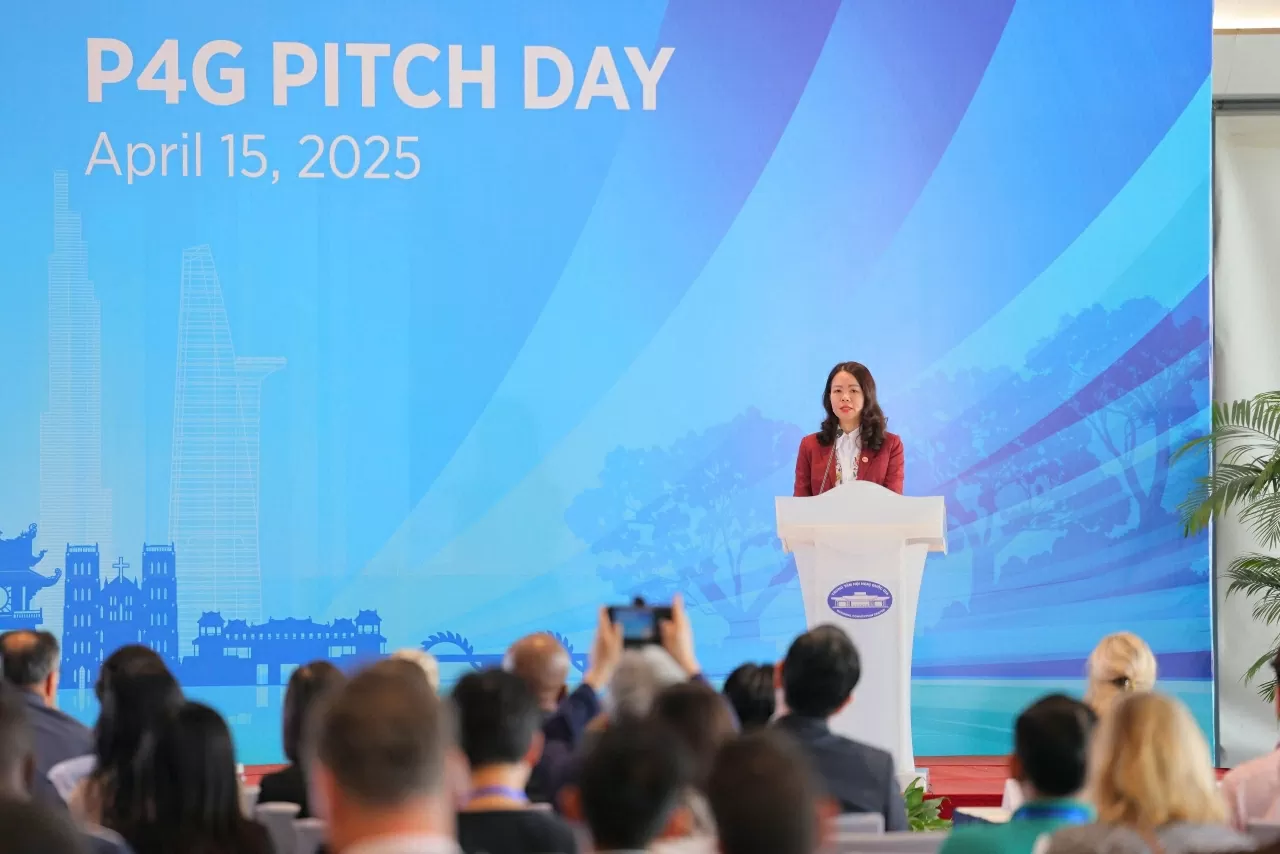

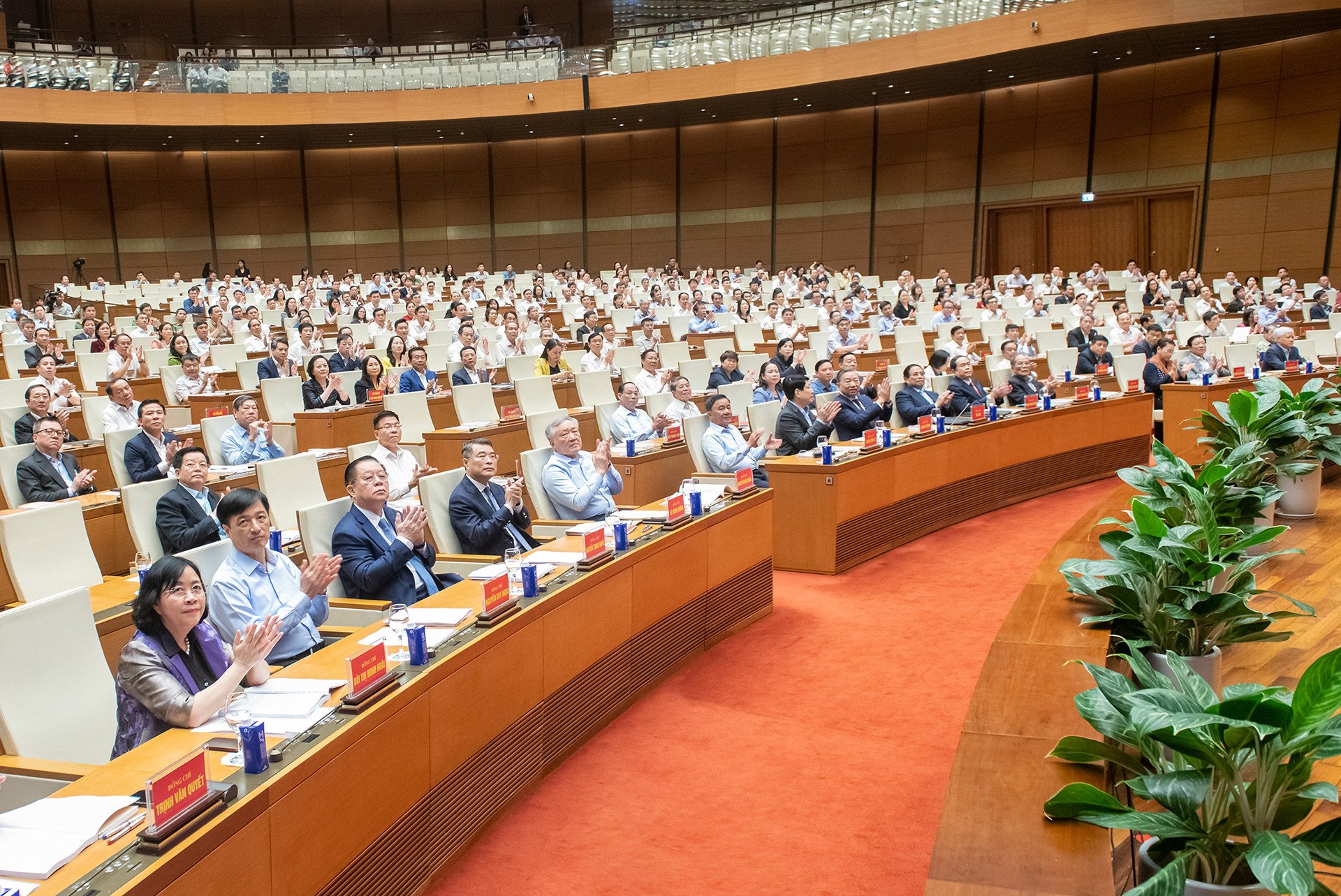
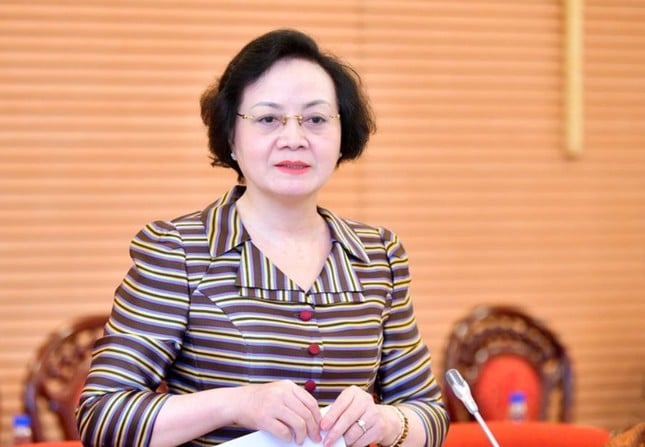

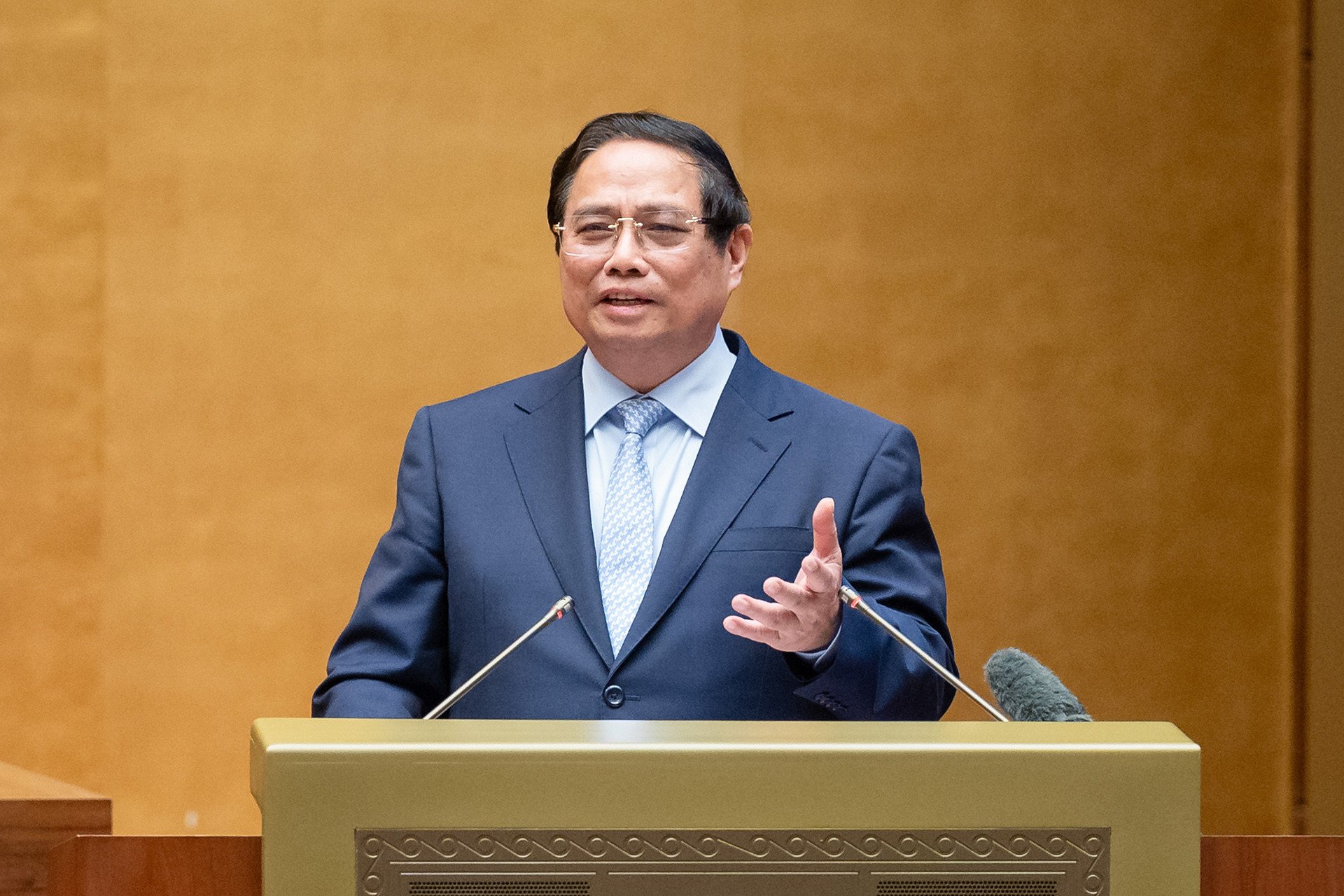








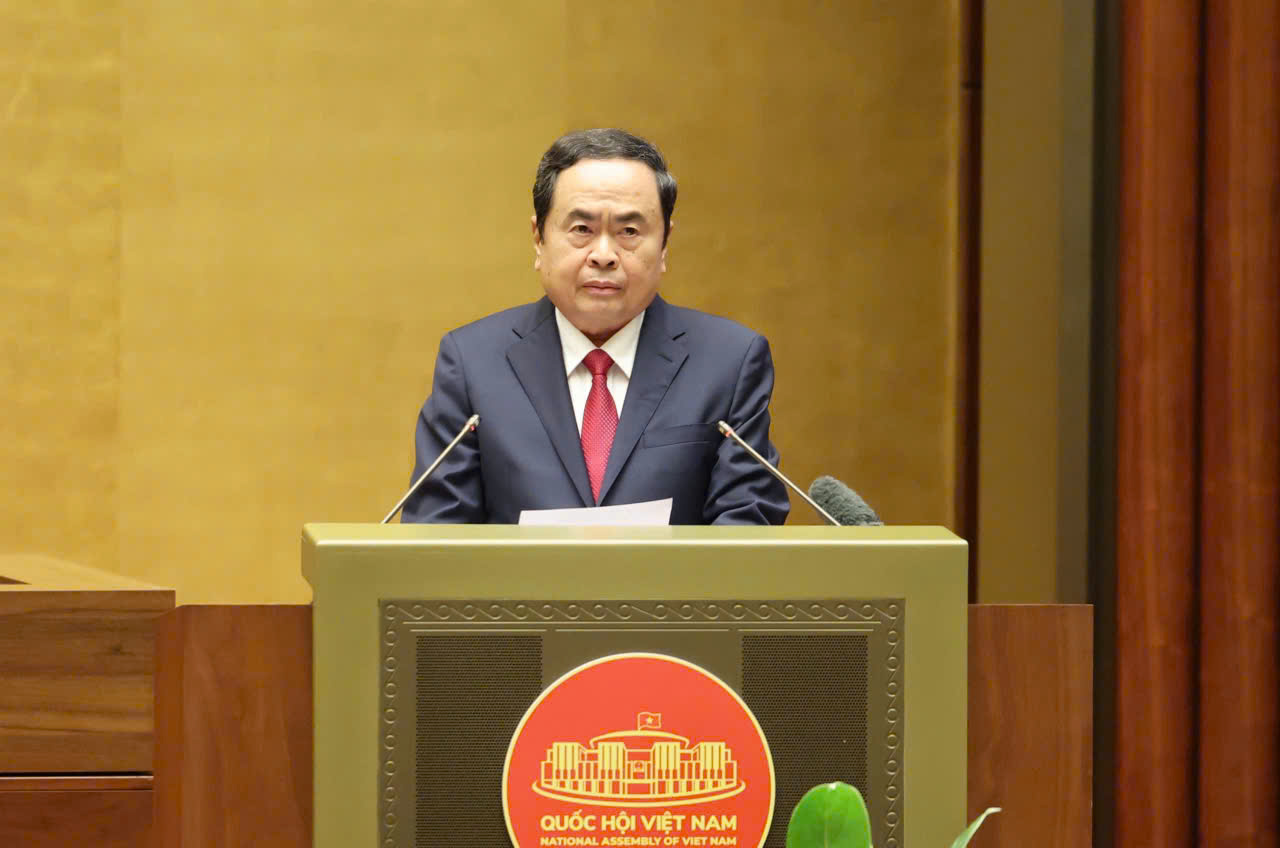

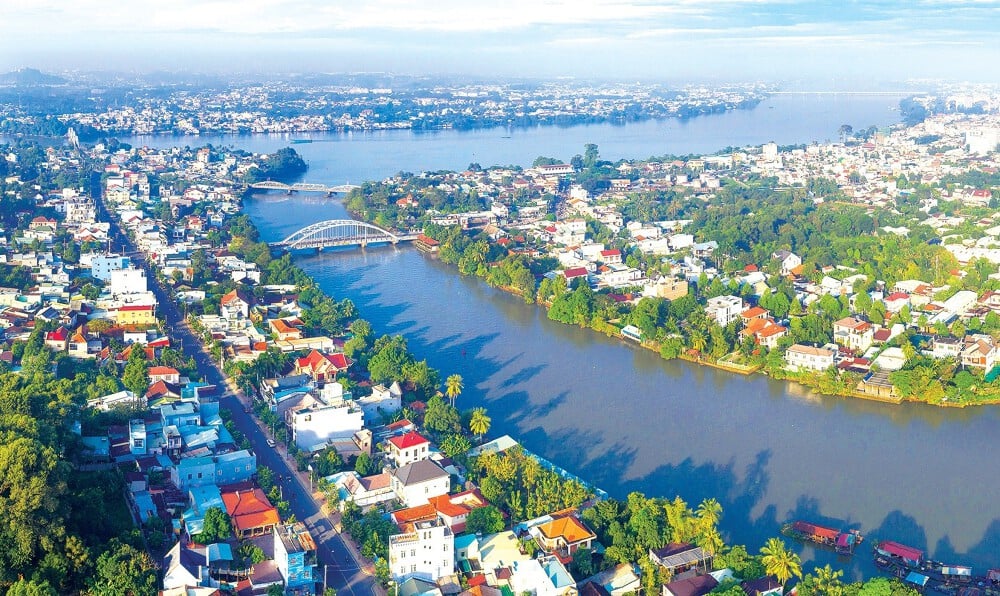

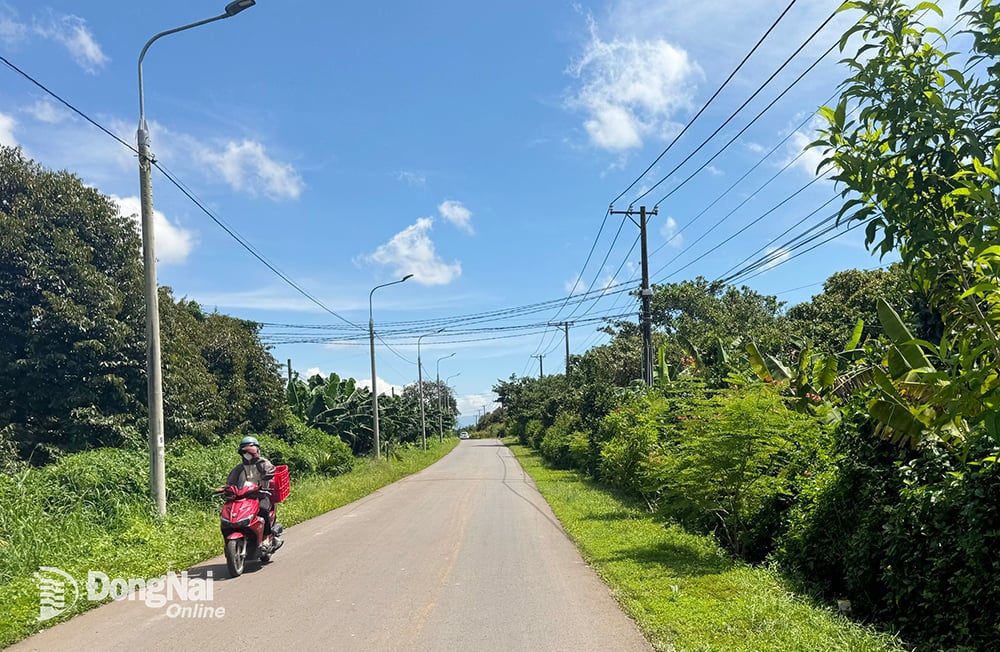
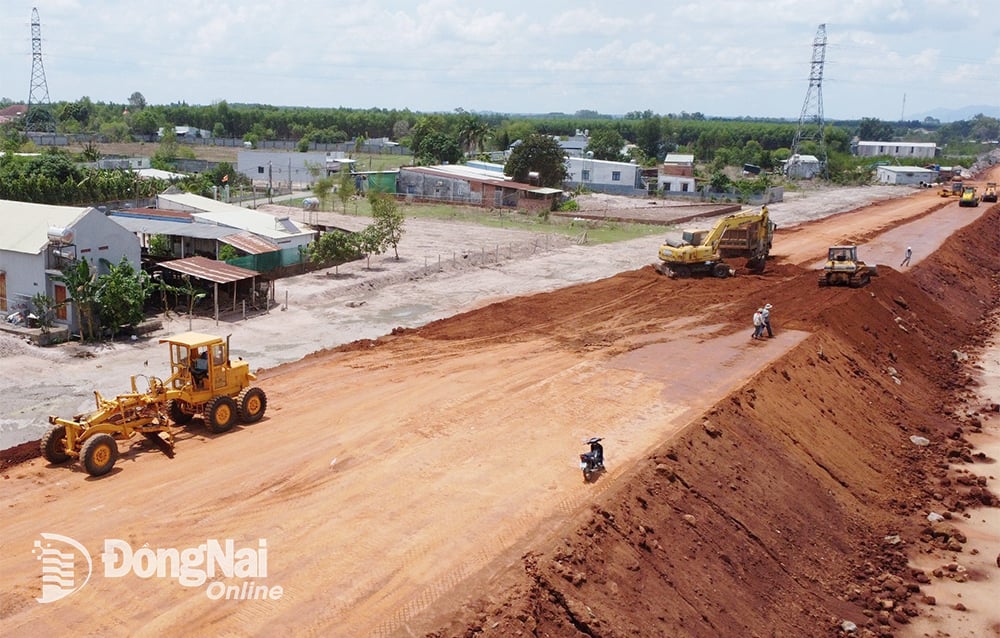
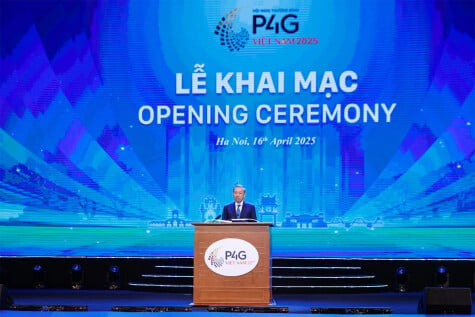
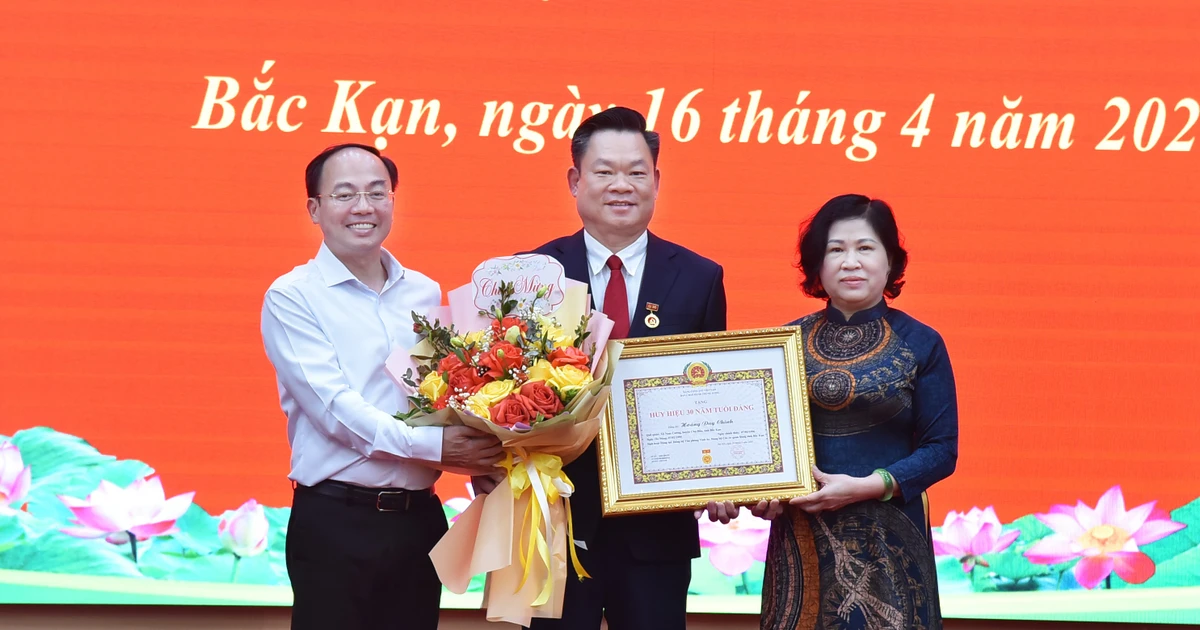

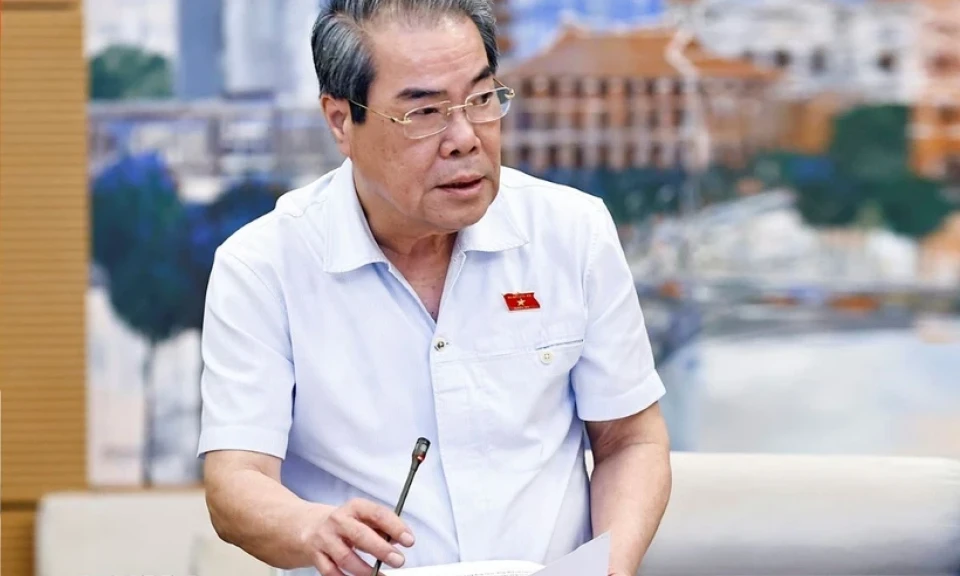










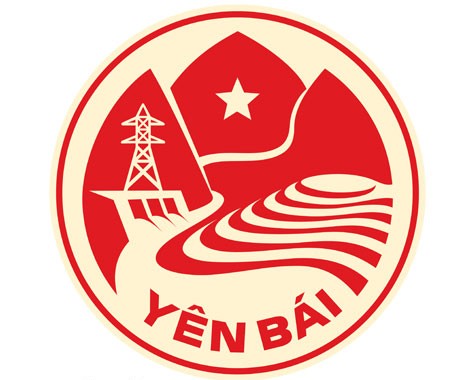
Comment (0)